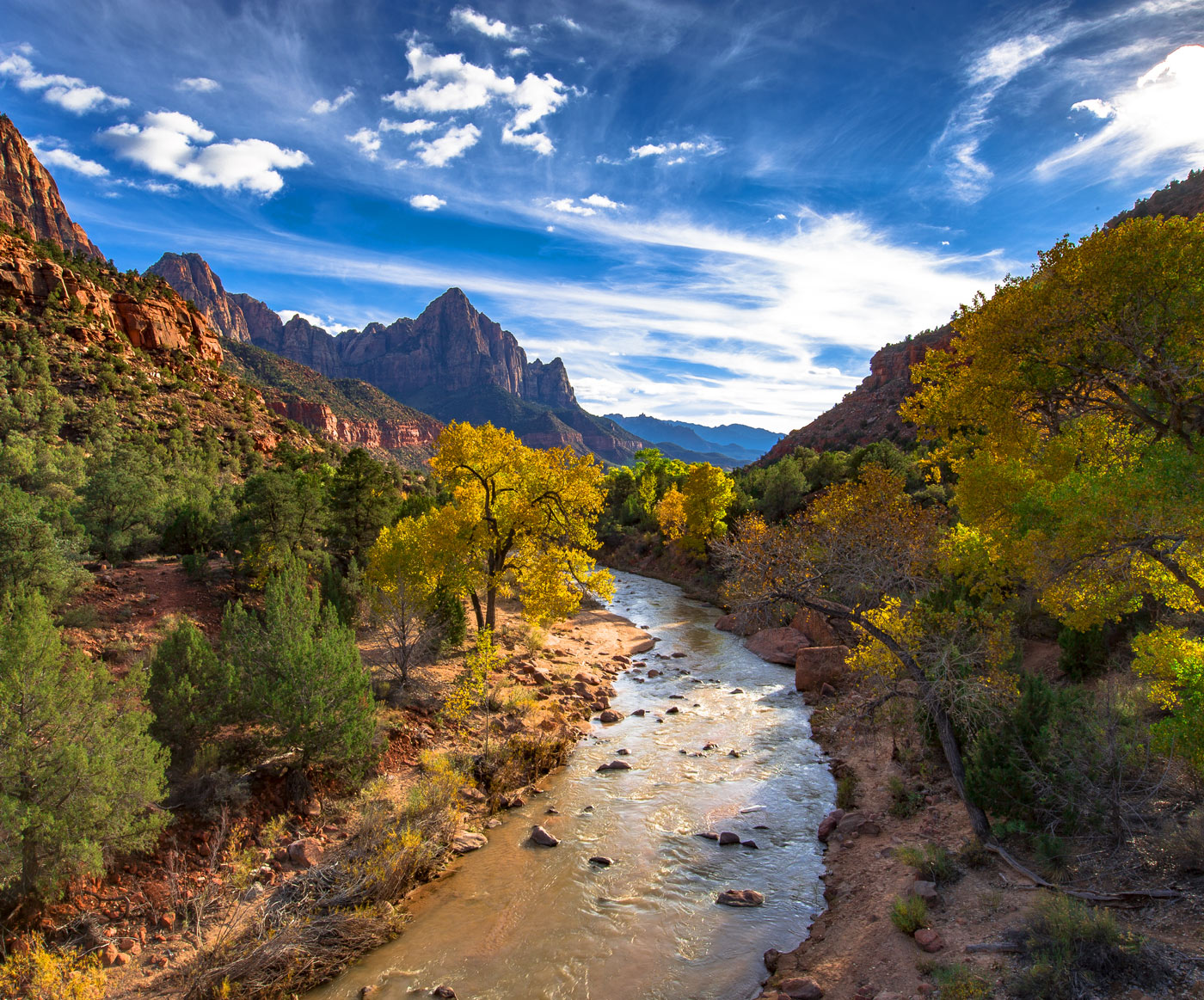
Article Overview: Zion National Park Planning Guide
Zion National Park is unlike anywhere else on the planet. Looking up at those impossibly big canyon walls for the first time is a feeling you won’t ever forget.
It’s no wonder why millions of people every year come to visit this breathtaking place. Millions of people visit lots of national parks each year that don’t have the sort of overcrowding issues that Zion does – so what gives?
The major difference is that most national parks that see millions of viewers a year have a larger area for folks to spread out. In Zion, the main canyon is extremely narrow and just a mere 15 miles long.
Don’t let that deter you from visiting! There are still ways to see Zion without the crowds. In this post, I’ll detail exactly how I go about doing this year after year.
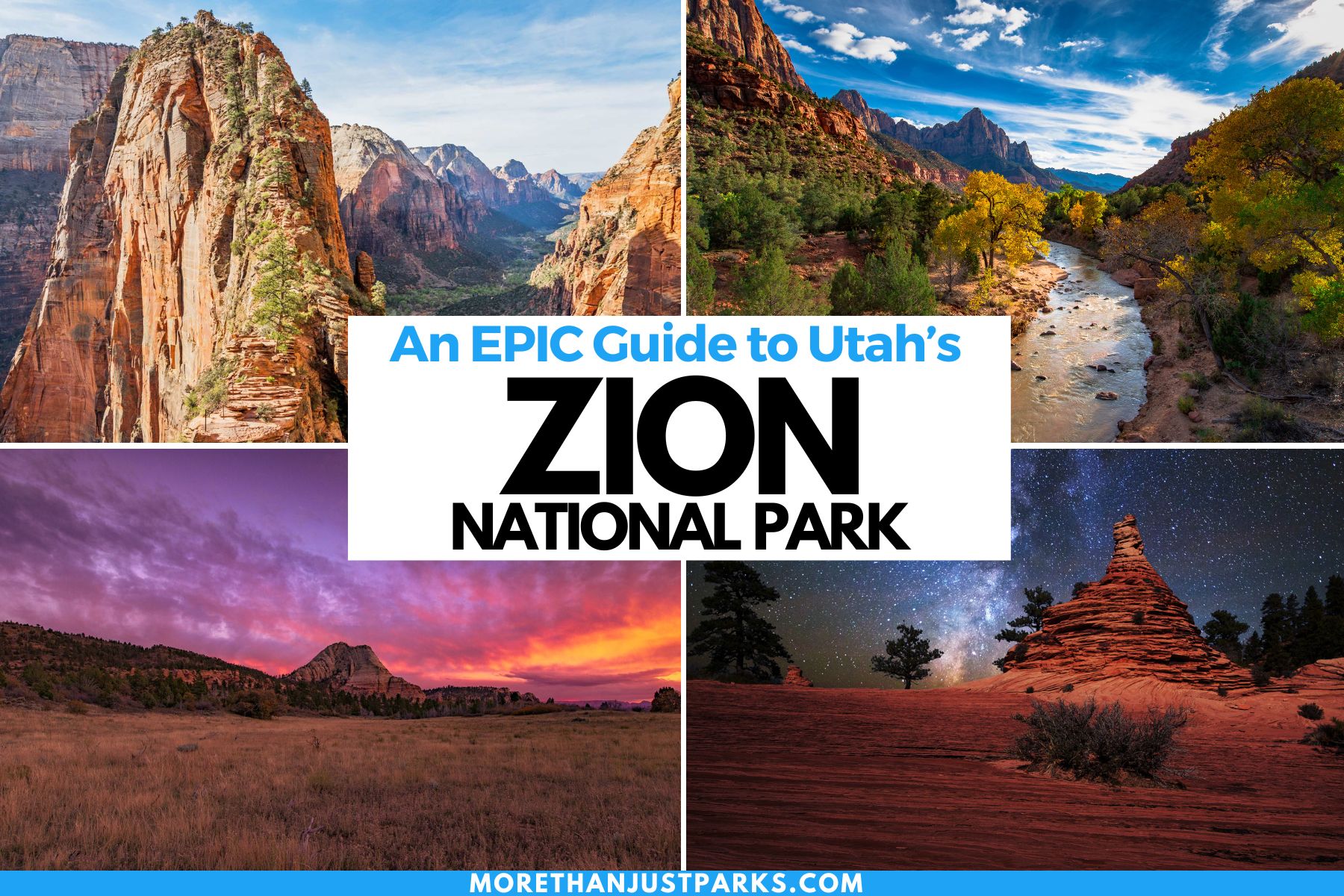
About My Travels to Zion National Park
I first visited Zion National Park back in 2015 and vividly remember my first impressions of the park. It was truly awe-inspiring. The towering red canyon walls were mesmerizing but, surprisingly, so were many other parts of the park that I had never seen any of my friends post about.
The primary goal of my visit was to experience the park to its fullest and capture the essence of the place for a film my brother and I produced on the park. The video we produced was featured by National Geographic and Conde Nast Traveler
To do this, we traveled every road in the park, visited every overlook, and went on most of the hikes. It was an unforgettable adventure, so much so that I’ve been back several times since.
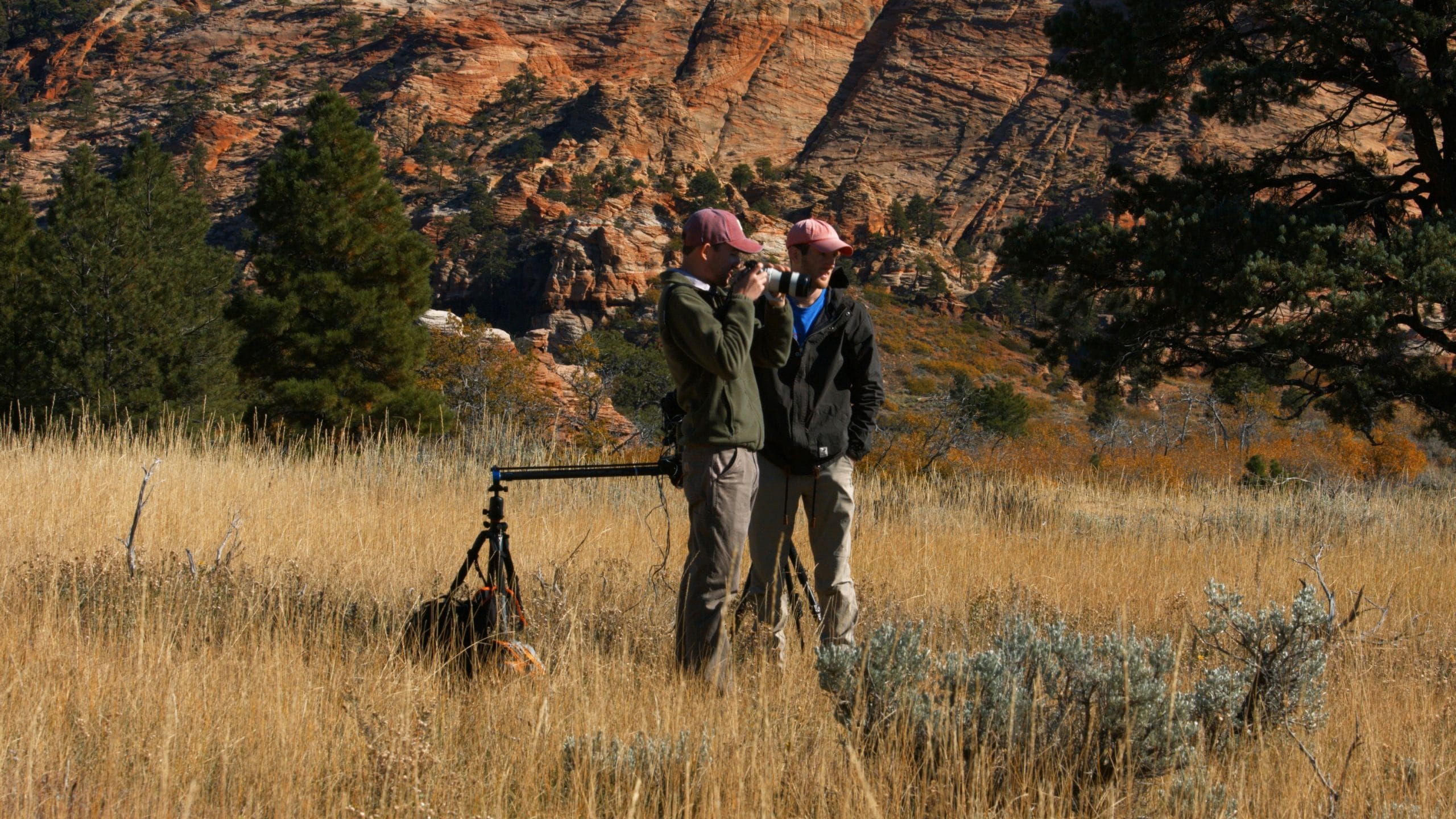
ZION NATIONAL PARK PLANNING GUIDE
About Zion National Park
Exquisitely carved by the Virgin River over millions of years, Zion Canyon is one of the most stunning places on Earth. But don’t stop there!
This Utah park offers so much more outside of the main canyon. Golden meadows, sweeping vistas, red rock mountains, towering white temples, and powerful ancient rivers comprise this incredible treasure spanning nearly 230 square miles.

5 Quick Zion National Things to Know
- Entrance fees in 2024 start at $20 per person or $35 per car. That pass lasts a full week. The interagency pass “America the Beautiful” is accepted here. The smart investment saves a lot of entrance fees if you’re exploring more of Utah’s Mighty 5.
- Don’t go to Zion without sunscreen. The intense rays cause sunburn faster than you can say “Angels Landing.” The Thinksport SPF 50+ does the trick and is eco-friendly.
- Hiking Angels Landing requires a permit year-round. If you don’t have a permit, you won’t be able to go above Scout Lookout.
- As More Than Just Parks first reported in early December of 2023, Zion’s fees for campgrounds and wilderness permits increased in 2024. You’ll also need a Recreation.gov account to book those reservations.
- You’ll want a map of Zion and a Zion National Guidebook with you in the park. Don’t rely on your phone for navigation unless you use offline maps. James Kaiser is the gold standard when it comes to national park guidebooks, so we recommend his Zion guidance.
Details About Zion National Park
Location: Springdale, Utah
Established: November 19, 1919
Size: 323,431 acres
Native Land: Hopi, Navajo, Northern Ute, Pueblo of Zuni, Southern Paiute
Visitors: 4,692,417 (2022)
Zion National Park History
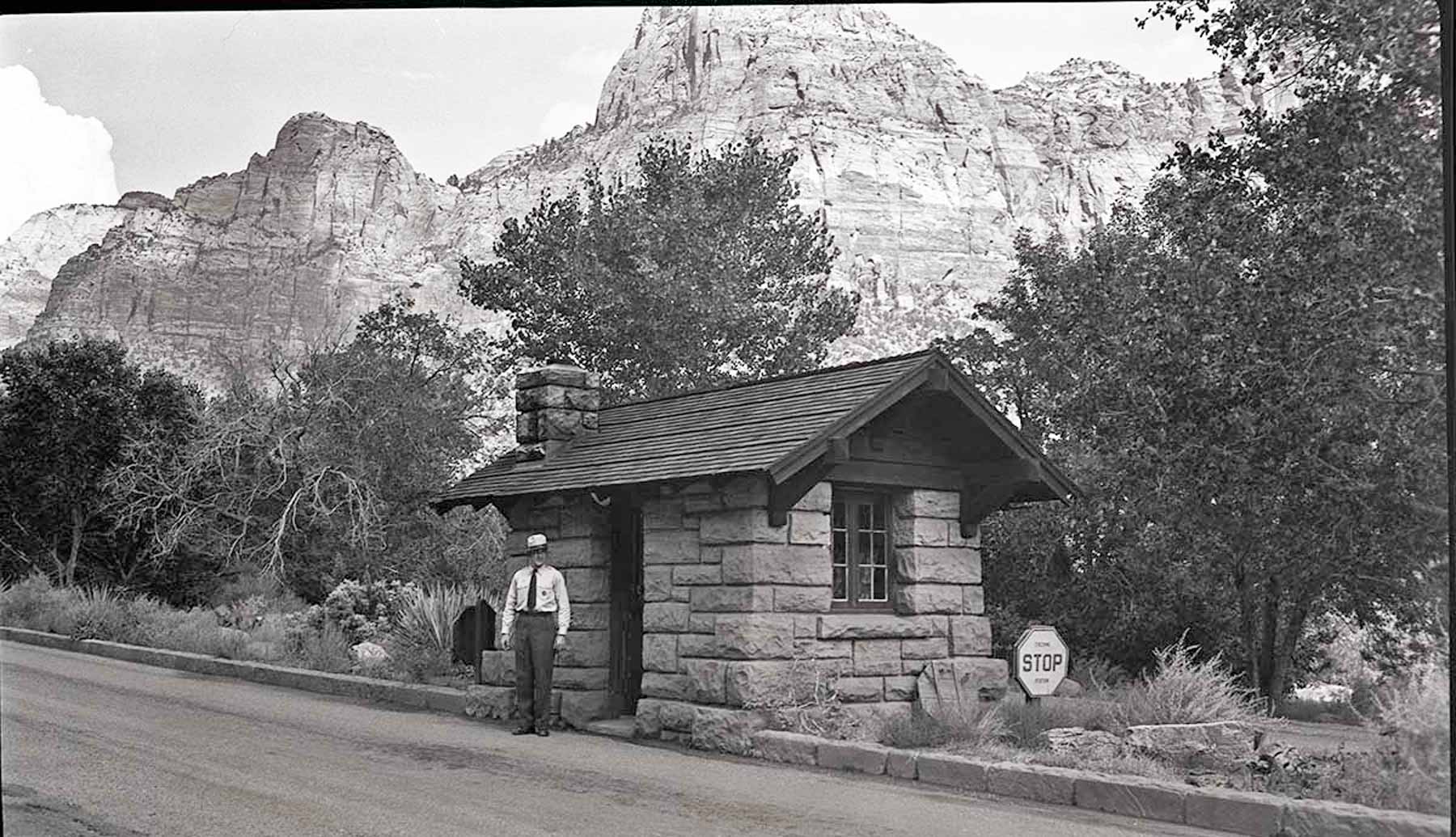
Native Peoples of Zion
The earliest known human inhabitants of the area now conserved as Zion National Park were present about 8,000 years ago during the Archaic period. These peoples were primarily hunter-gatherers.
At around 2,000 years ago, the inhabitants of Zion began building structures, planting crops, and settling in the area. Eventually, the Anasazi people arrived in the area, approximately 1,500 to 800 years ago and inhabited the area for hundreds of years.
When the Europeans eventually arrived, the native occupants of the area were primarily the Paiute people.
The Arrival of Mormon Pioneers to Zion
In the 1800s, Mormon pioneers and explorers began to filter into the area, settling the Virgin River area in 1847. They gave the area the name “Kolob,” which in Mormon scripture is a heavenly place.
In 1851 Nephi Johnson, a Mormon missionary led by a Southern Paiute guide, entered the Virgin Canyon area for the first time and wrote about its agricultural potential.
Those reports reached Isaac Behunin, who settled on the Zion Canyon floor in 1863, residing near the area where the Zion Lodge is located today. It was Behunin who gets credit for naming the area Zion after the biblical place of peace.
The Powell Expedition in Zion
In 1869, the Powell Expedition led by the famous John Wesley Powell entered the canyon for the first time, bringing with them survey photographers.
One of these photographers, John K. Hiller, took photos that eventually made it back east and stimulated excitement about the area.

Mukuntuweap National Monument
In 1909 the hype around the Zion area (largely due to depictions of it at the 1904 World’s Fair) was sufficient enough for President William Howard Taft to conserve it as Mukuntuweap National Monument. The name came from a word John Wesley Powell mistakenly thought was what the Paiute called the area.
The name was changed to Zion on the recommendation of the acting park service director as a result of complaints by the local Mormon population.
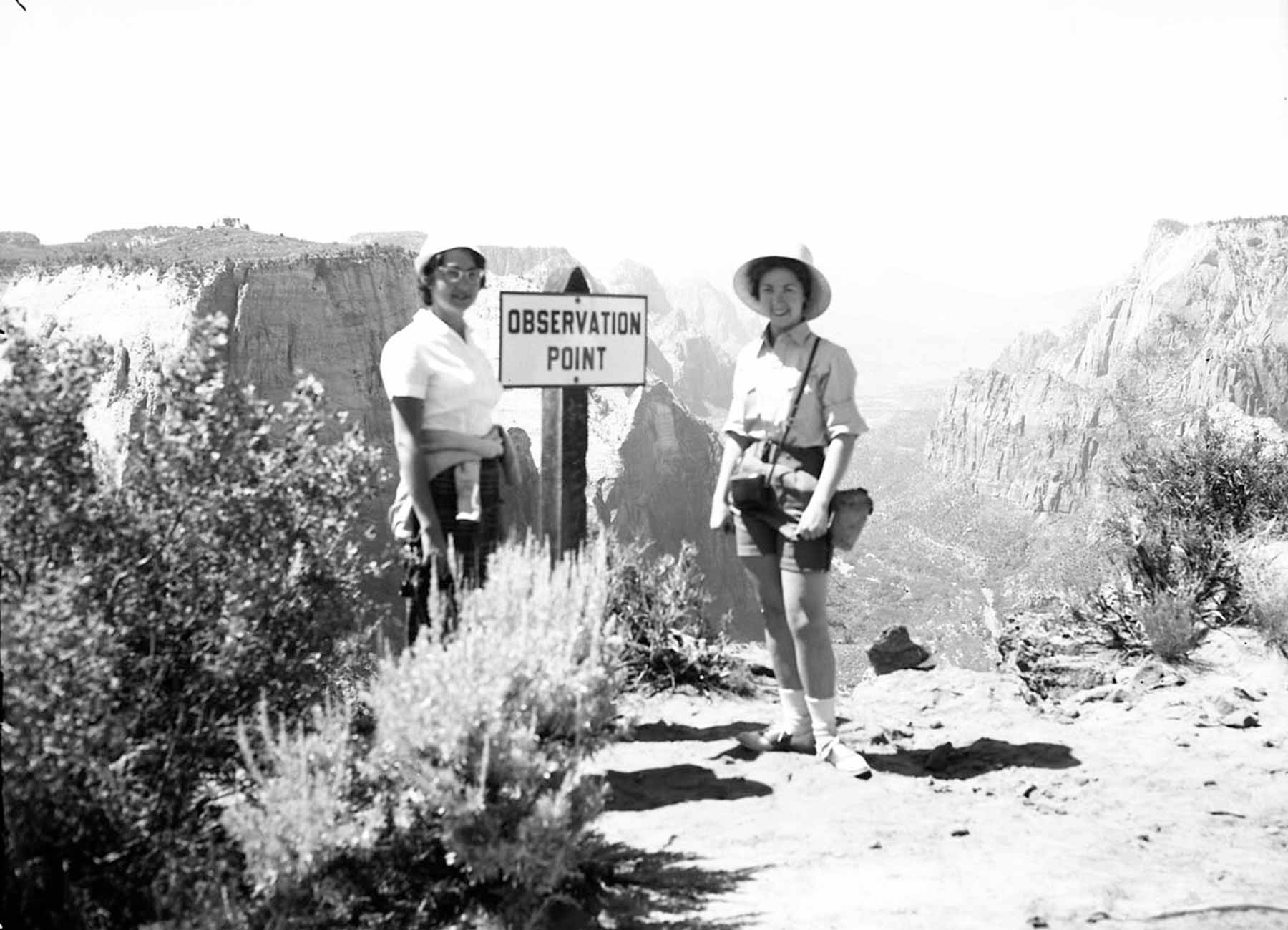
Establishment of Zion National Park
On November 9, 1919, Zion was congressionally designated as a National Park. Upon the park’s designation, road construction began, opening the park to average folks.
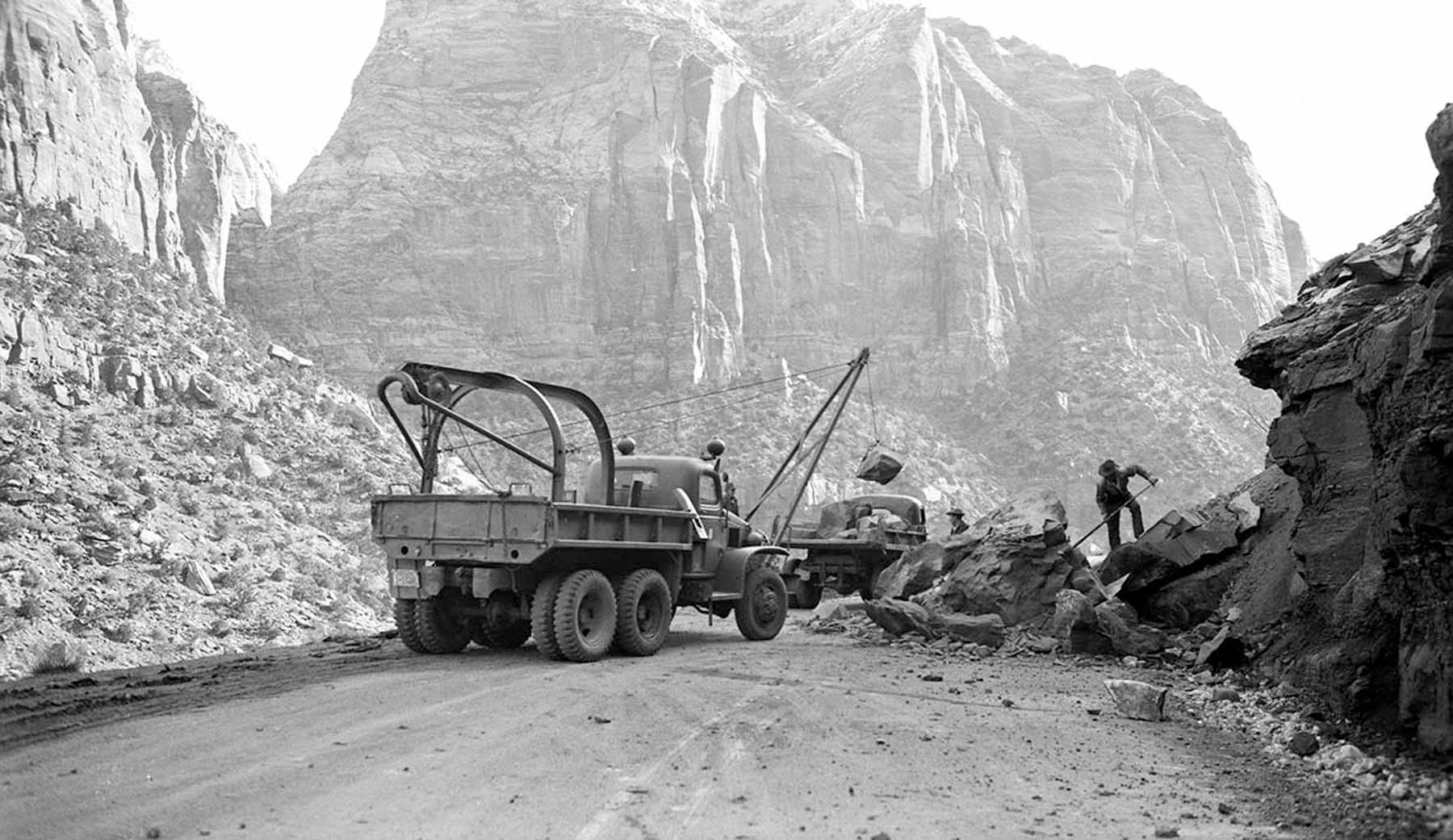
A Presidential Visit
In 1923 the park was visited by its first sitting President of the United States, Warren G. Harding, as part of a larger trip to the West (a trip he would never return from). Harding toured the park on horseback and was deeply impressed by what he saw.
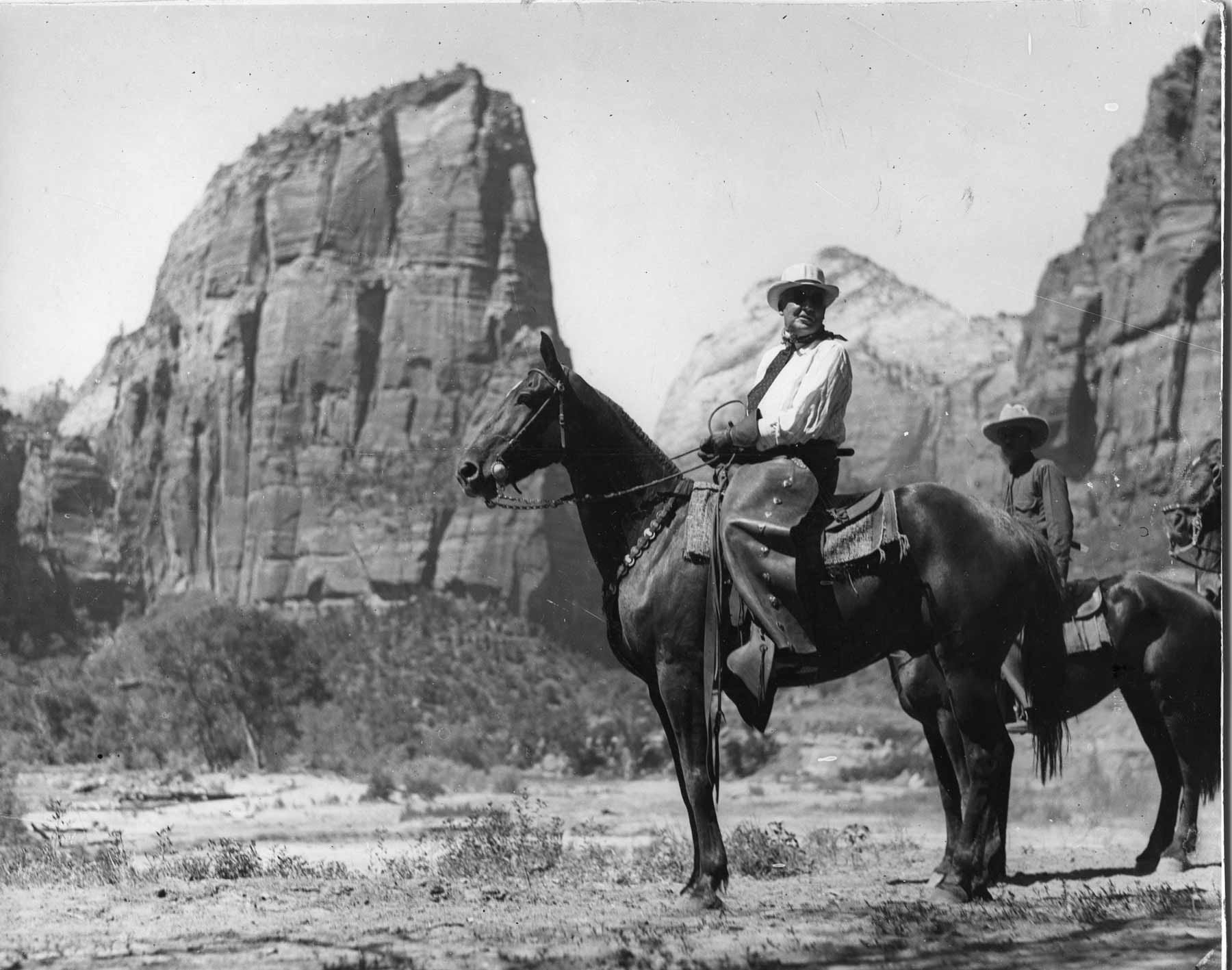
“I have today viewed the greatest creations of the Almighty in the majestic natural wonders of Zion National Park. It has inspired me with a deeper religious conviction.
I am acquainted with pioneer stock. It has made the United States. By the difference between the arid and cultivated sections I can read the story of your work. To you men and women who came with your families in covered wagons into this country when the water still flowed through its natural gorges, the nation owes a debt of gratitude.
I am the first President of the United States to come and express that gratitude but I feel sure when I tell of this trip to my successors all future Presidents will come to visit this country of wonders.”
President Warren G Harding
Harding went on to visit Yellowstone, Yosemite, and Alaska as part of his trip. He would never return to the white house, passing suddenly and unexpectedly in San Francisco on his way home.
Zion National Park Map
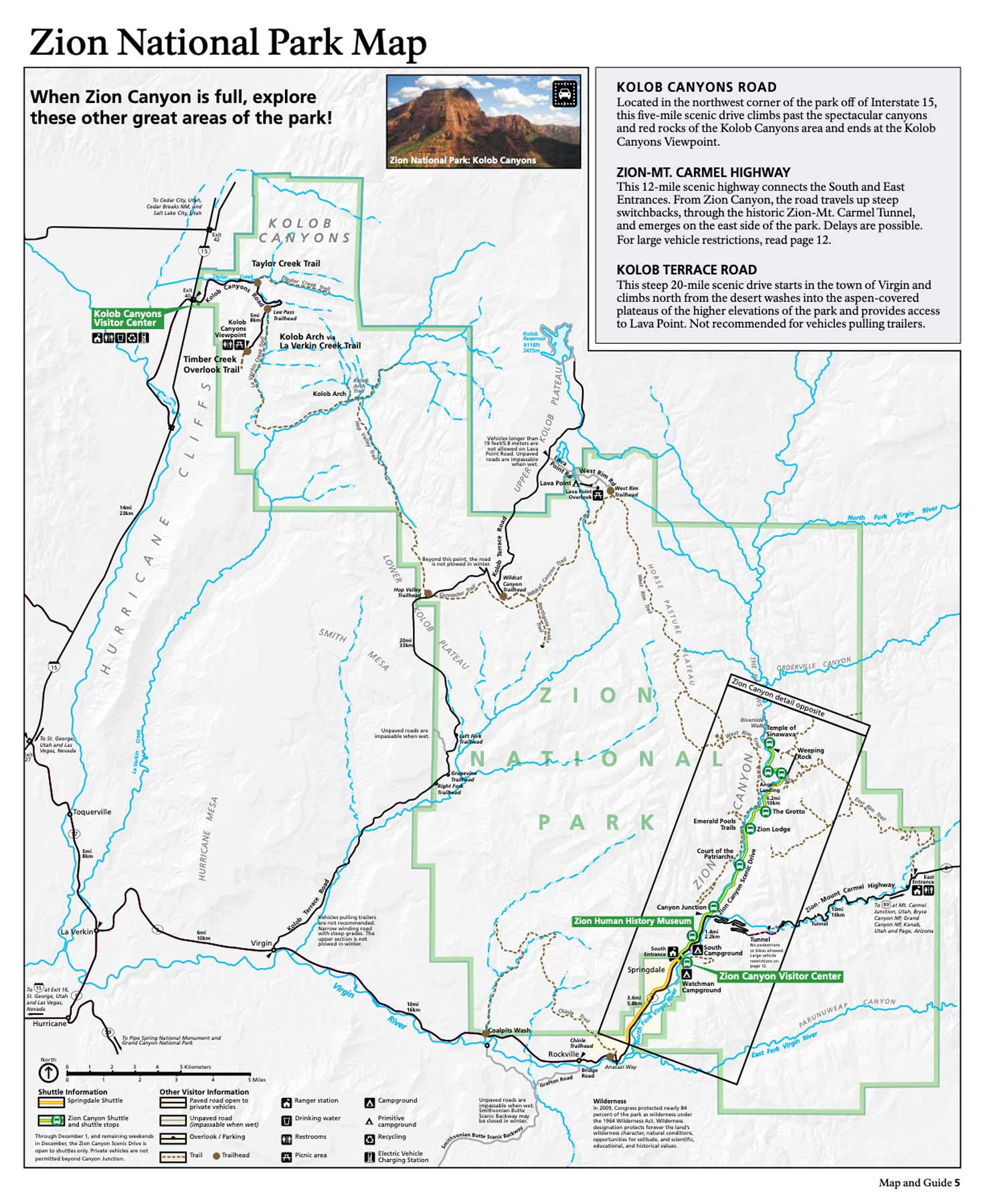
Where is Zion National Park?
Zion National Park is located in the southwestern corner of Utah near the Nevada and Arizona borders.
Las Vegas to Zion National Park
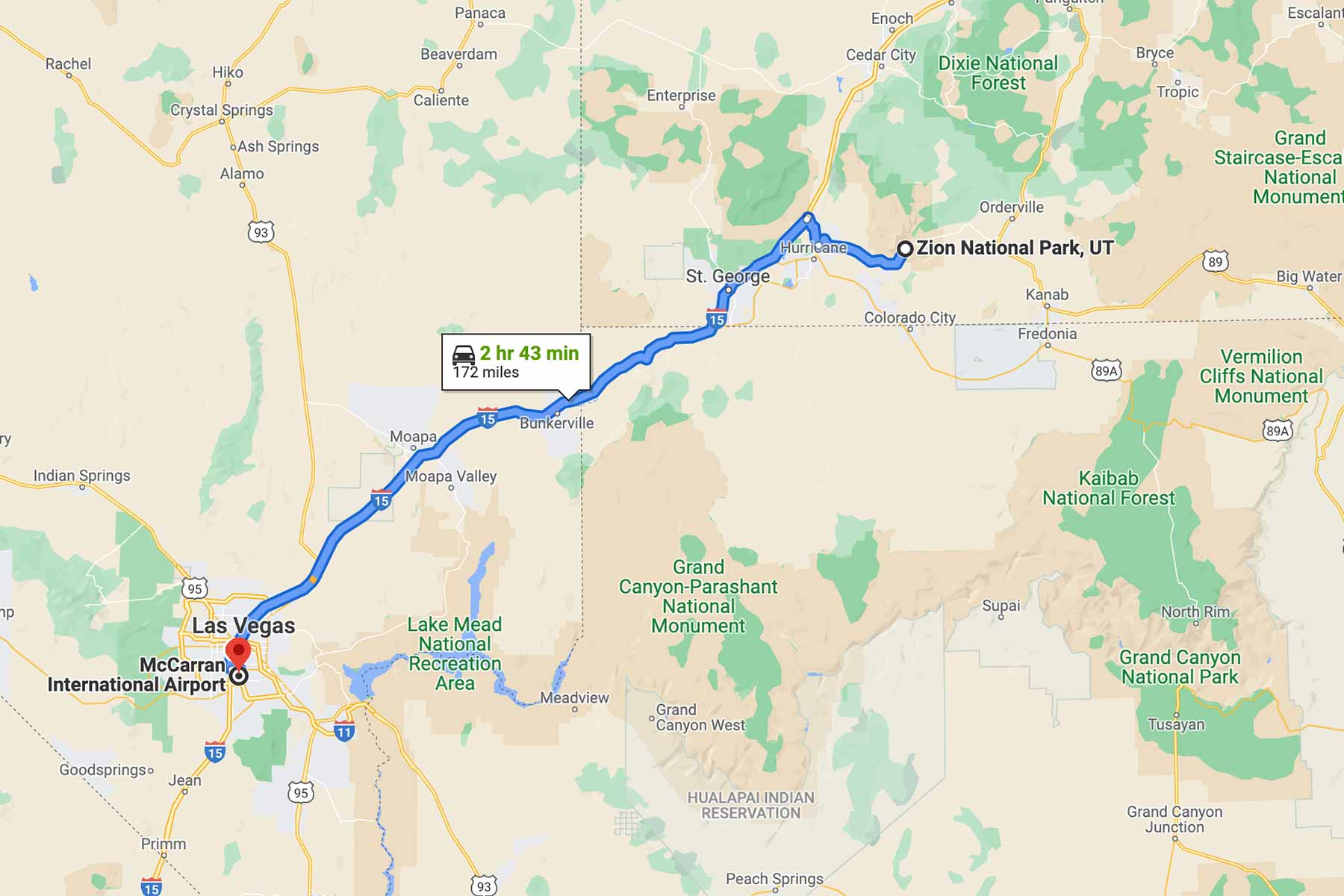
Closest Airport: Las Vegas McCarran International Airport (LAS) – 3 hours driving (172 miles)
The fastest way to get to Zion National Park is by plane, flying into Las Vegas McCarran International Airport. From there, the drive to the park is typically around 3 hours.
I recommend flying into Las Vegas, renting a car from the airport, and driving to the park.
Rental Car: Las Vegas Airport (LAS) – (Hertz, Enterprise, Budget, Dollar, & more)
Alternate Route: Flying into Salt Lake City International Airport (SLC) is another popular option that is often combined with a Utah National Parks Road Trip. This route is longer, but the added stops are worth the fuss!
RELATED: An EXPERT Guide to Utah’s National Parks Road Trip (Videos + Tips)
Watch the award-winning Zion video
ZION is the culmination of nearly a month spent exploring Zion National Park during peak fall color. Exquisitely carved by the Virgin River over millions of years, Zion Canyon is one of the most stunning places on Earth. This was filmed primarily in stunning UHD 8K.
We chose to capture this film in autumn to showcase the stunning and little-known fall color of Zion National Park. Fall is also a time when visitation dies down from peak summer months, and one can find more solace in the park.
Filming Locations
Locations featured in this film include:
- Zion Canyon
- Kolob Canyons
- Kolob Terrace
- The Narrows
- Angels Landing
- Canyon Overlook
- The Great White Throne
- Big Bend
- The Watchman
- Lava Point
- Mt. Carmel Highway
Here are a few fun statistics from our trip:
- Crew Members: 3
- Time: 24 days
- Distance: 100mi+
- Photos/Videos: 35,000+
- Digital Memory: 4TB
Lens Rentals by Pro Photo Supply
RELATED: 14 BREATHTAKING National Park Videos to Inspire Your Next Trip
Zion Seasons & Weather
Zion’s weather varies greatly day by day. Extreme weather events like flash floods happen here often so it is crucial to be vigilant of current conditions. Even on clear days, flash floods can come seemingly out of nowhere–summer monsoons are no joke in the desert.
Always have a plan in case of unexpected storms or weather. I’ve even been caught in a random near-white-out snowstorm in the park before! While that’s somewhat rare, unexpected weather is not.
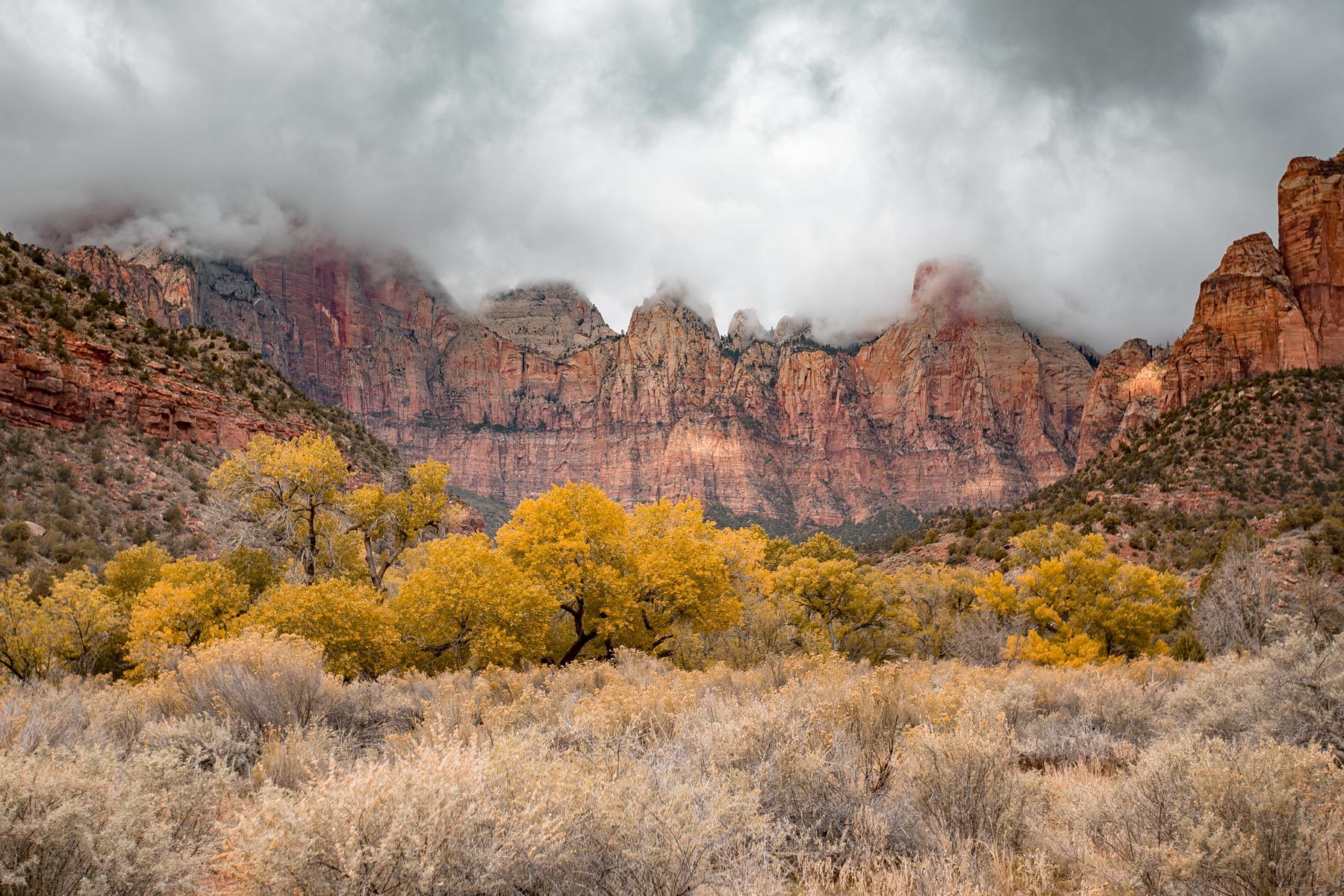
Best Time to Visit Zion National Park
The best time of year to visit Zion National Park is October and November as visitation wains, temperatures cool off, and fall foliage (yes, foliage in Utah!) is dazzling.
The best season to visit Zion National Park is autumn, with stunning foliage, cooler temperatures, and smaller crowds. Spring is also a lovely time to visit with smaller crowds and bright spring greens filling the canyons.
With that being said, each season brings something different and beautiful to Zion National Park.
Spring in Zion National Park
Spring in Zion is lovely, with rising temperatures, beautiful bright green spring foliage, and far fewer crowds than summer. In spring, the cottonwoods begin to get their leaves back, giving the canyons a splash of vivid bright greens.
This time of year is far less popular to visit due to vacation schedules, and those who choose to visit will be rewarded with more solitude. Highs will get up into the 80s, with lows in the 40s & 50s.
When to visit Zion: If you want to avoid the biggest spring crowds, visit in March instead of April. By May, visitation is nearly half a million people a month.
The most popular trails will likely still be crowded. If you’re looking to find further solitude, check out Kolob Canyons, Kolob Terrace, Lava Point, and Pine Creek Gorge Slot Canyon.

Summer in Zion National Park
Summer in Zion National Park ushers in hot weather and massive crowds. Days are hot, and nights are warm, with highs reaching into the 100s and lows in the high 60s.
Every summer, millions of tourists pack into the 15-mile-long Zion Canyon, so trails, shuttle stations, and roads are typically quite crowded.
Luckily, Zion has instituted a wonderful shuttle system to keep cars off the road in the main canyon and improve the visitor experience. Our advice? Park in Springdale and use the shuttle.
Despite the massive influx of visitors, there are still spots where one can escape the crowds. If you’re looking to find solitude check out Kolob Canyon, Kolob Terrace, Lava Point, and Pine Creek Gorge Slot Canyon.
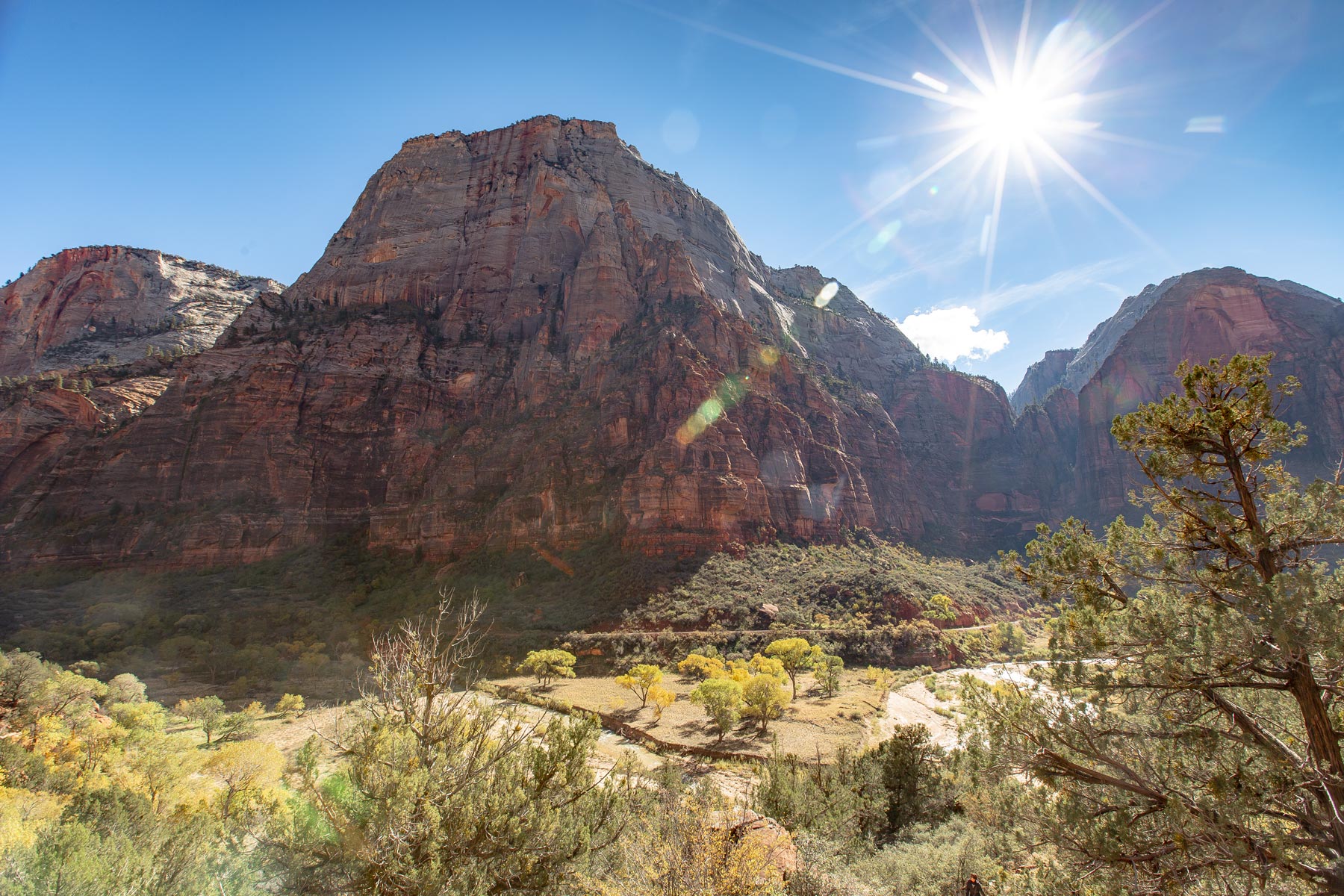
Fall in Zion National Park
Fall in Zion National Park is lovely, with the hot temperatures of summer cooling off, crowds diminishing, and stunning fall foliage popping. Cottonwoods turn a striking golden yellow/orange this time of year, adding something extra to every photo.
Luckily, Zion has instituted a wonderful shuttle system to keep cars off the road in the main canyon and improve the visitor experience.
The weather headline here comes in vast swings, with temperatures spanning up to 30° differences between day and night.
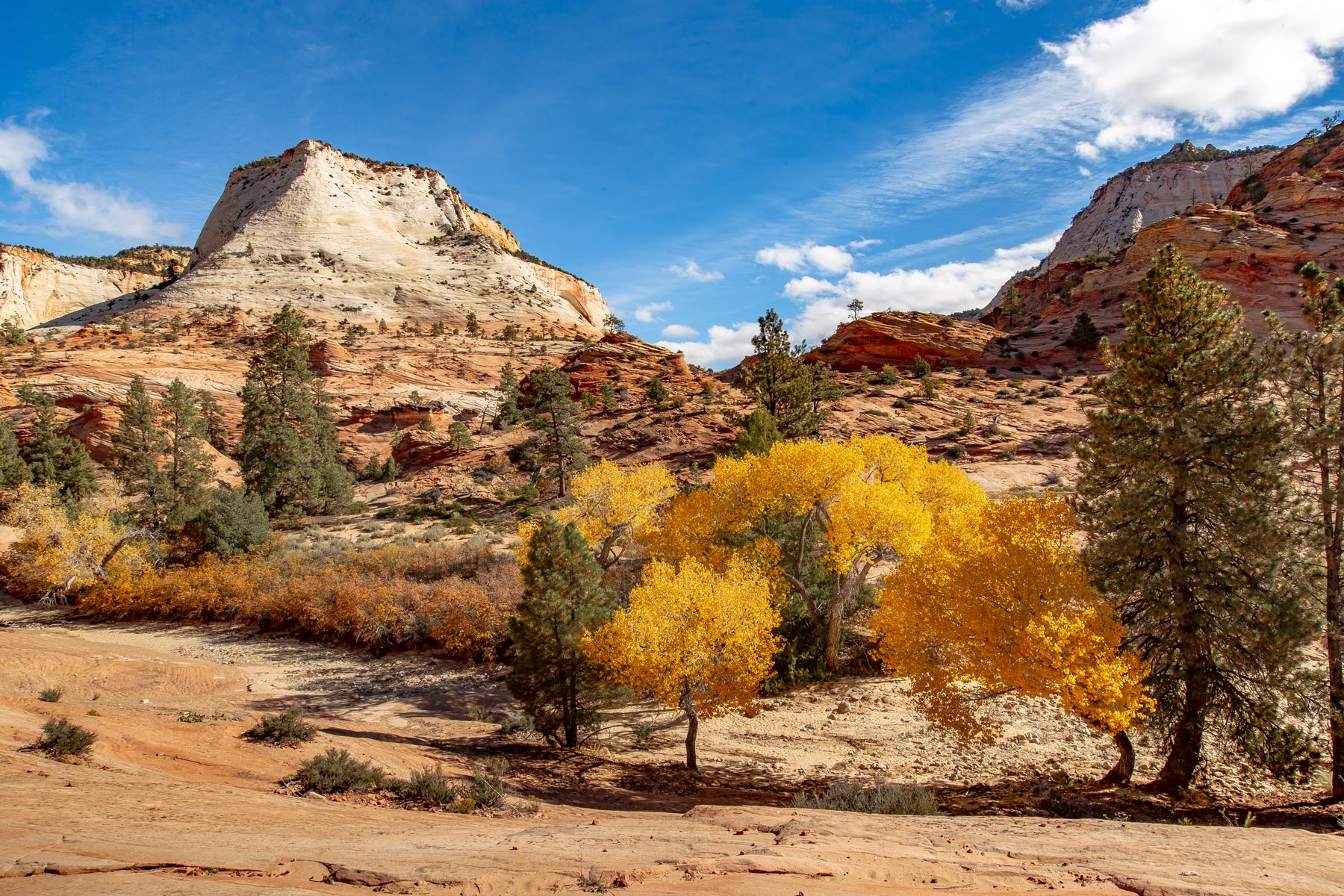
RELATED: 10+ Must See National Parks This Fall (A Stunning Guide)
Winter in Zion National Park
Winter in Zion National Park can be beautiful, with temperatures cold enough for snowfall. It may be hard to conceive during the extreme temperatures of Summer, but Zion National Park sees occasional snow in winter months.
The contrast of the white snow against the red rock is the perfect fodder for stunning photos.
The best part of visiting Zion in winter is the reduced crowd sizes. December, January and February offer the smallest crowds of the year, with anywhere from 100,000 to 200,000 people (at most).
Crowds in the winter are very minimal, and visitors can get areas that are usually packed all to themselves. The Zion shuttle does not run from late October through spring, with a short re-opening during the busy holiday season in late December.
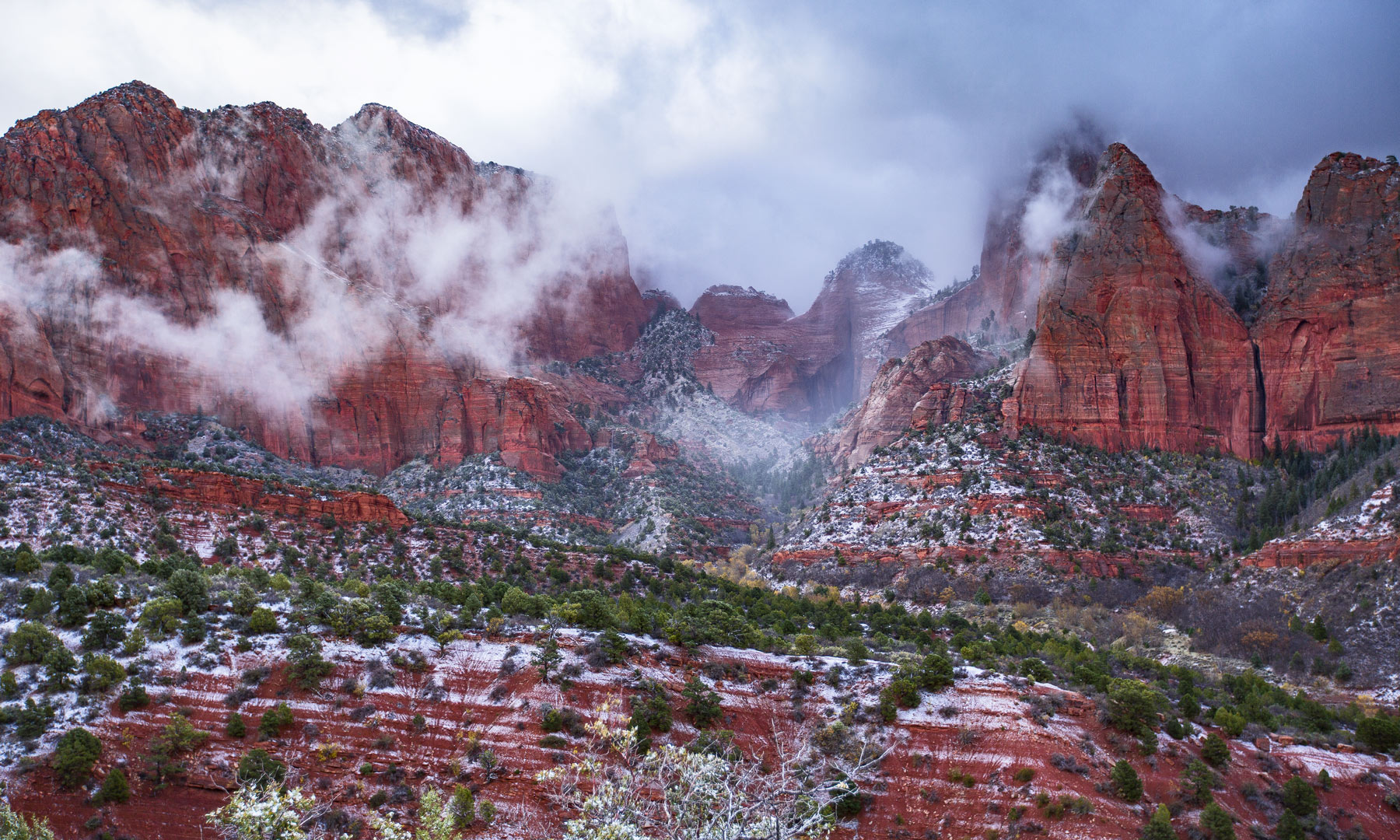
Best Things to Do in Zion National Park
There are so many incredible, breathtaking, and life-changing things to do in Zion National Park.
Whether it’s exploring slot canyons like The Narrows or The Subway, hiking to stunning overlooks like Angels Landing, and scenic drives like the Zion Mt. Carmel Highway.
We’ve detailed some of the best things to do in Zion National Park below. For a complete list, visit our: 11 BREATHTAKING Things to Do in Zion National Park

1. Hike the Narrows
The Narrows is one of the absolute coolest hikes and things to do in Zion National Park and the entire national park system, for that matter. Hikers hike, walk, and wade through a narrow canyon of massive red rock canyon walls where the Virgin River has been at work for millions of years.
Distance: 16 miles maximum
Time: Typically 2-3 hours, depending on how far you go
The total hike is 16 miles long, but most folks only do the first few, which are incredible. You’ll need some good water shoes for this hike, and a hiking pole is recommended, although most folks go without (water shoes can be rented in Springdale at a number of places).
The deepest the water gets is about 3-4ft, but most of the hike is in ankle-deep water. If the water is too high or powerful, the park closes The Narrows in spring.
From time to time, toxic algae blooms occur in the Virgin River, which can be harmful to humans, so make sure to check the NPS site before visiting.
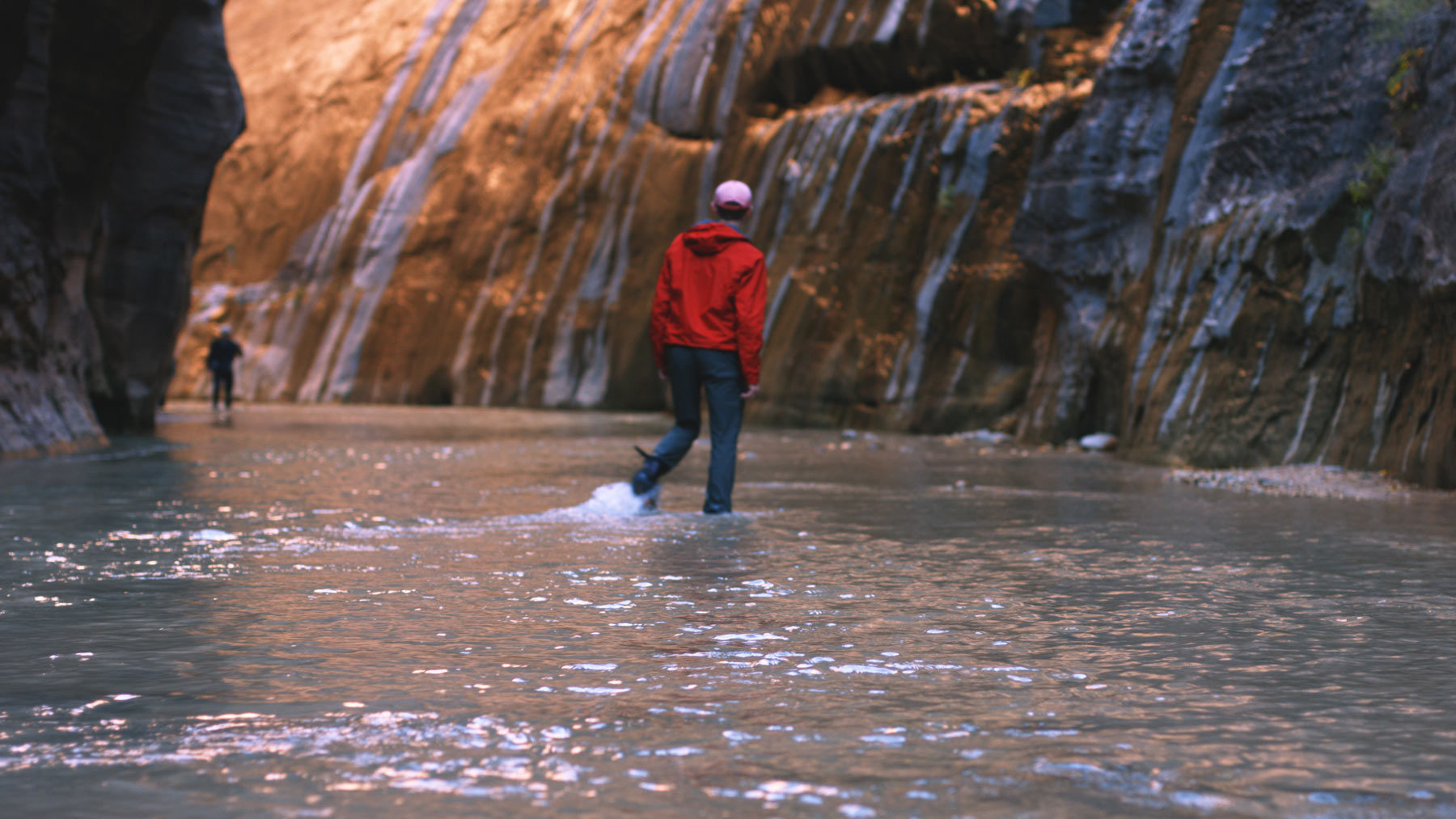
2. Ascend Angels Landing
Angel’s Landing is the most popular, well-known hike in Zion National Park, leading to one of the most iconic views in the National Park system. The Angel’s Landing trail is a steep 5 miles with about 1,500ft of elevation gain.
Distance: 5 miles
Elevation Gain: 1500 feet
Time: Typically 3-4 hours
This hike is not for acrophobic, or the faint of heart, as one section of the trail involves holding onto a chain bolted onto a cliff side with sheer drop-offs.
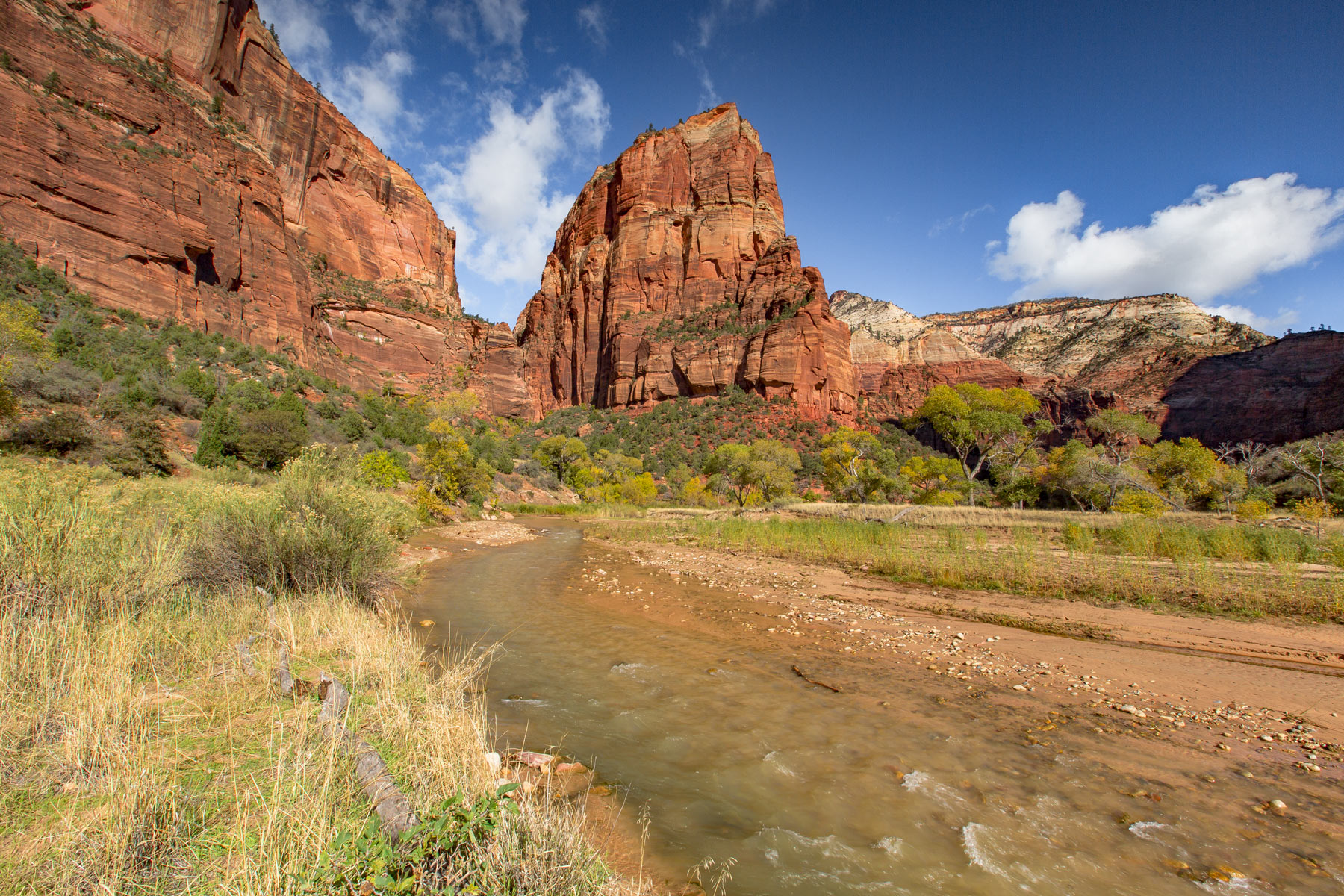
3. Soak it all in at Canyon Overlook
Canyon Overlook is one of the most spectacular and relatively easy-to-access overlooks in all of Zion National Park. Located on the Zion Mt. Carmel (East) side of the park, the Canyon Overlook Trail is a popular one.
Distance: 1 mile roundtrip
Time: Typically 1-2 hours
The trail itself is about a mile round trip with little elevation gain. Hikers will be rewarded with sweeping views of Zion National Park.

4. Explore Pine Creek Gorge Slot Canyon
Pine Creek Gorge Slot Canyon is one of the most popular technical canyoneering spots in Zion National Park. If you’re not up for technical rappelling, then no problem!
Drive toward the east entrance a bit and find another part of the Pine Creek Gorge to hike around. The creek bed is long and provides lots of great entry points for hikers.
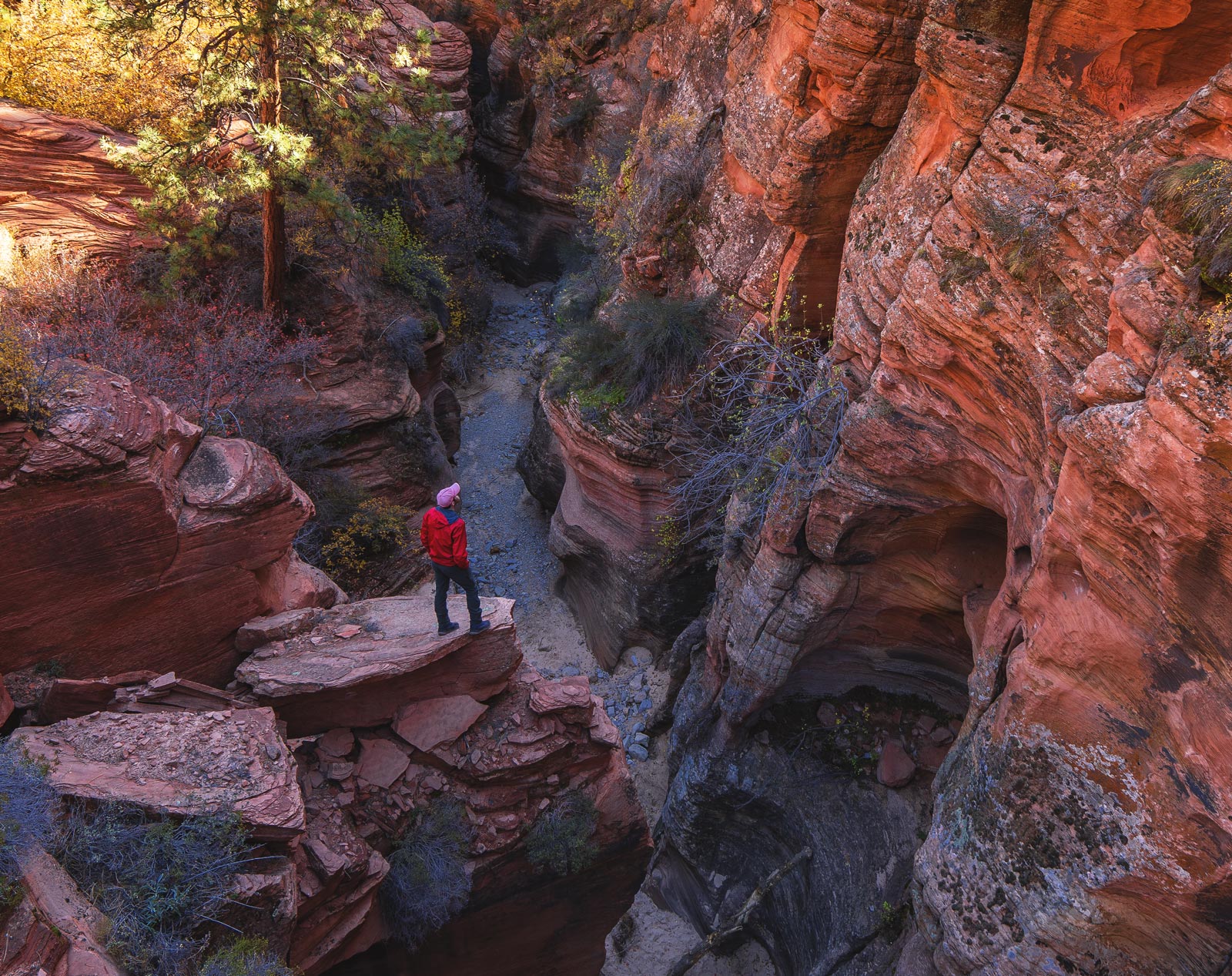
5. Catch a Sunset From Lava Point
Lava Point is the best spot in Zion National Park to watch a sunset. Located in the Kolob Terrace section of the park, this lesser-visited destination is worth a stop.
Escape the crowds here with a very different kind of beauty than the red rock canyons. This overlook does not require any sort of a hike and is situated next to our favorite campground in Zion National Park, Lava Point Campground.
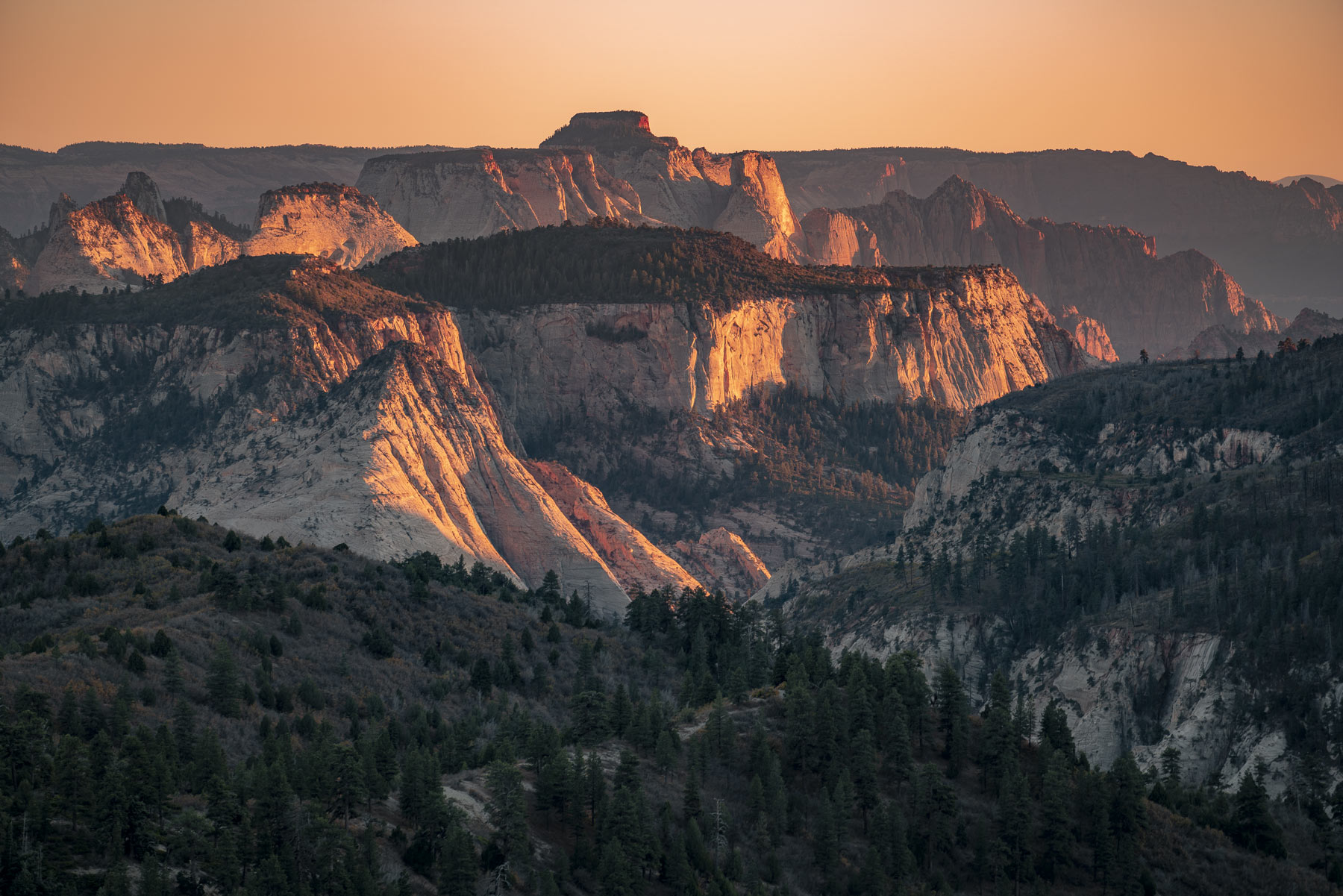
6. Drive the Zion-Mt Carmel Highway
The Zion-Mt Carmel Highway Scenic Drive is one of the most beautiful drives in the entire national park system. Massive colorful rock formations and lots of beautiful hikes abound in this section of Zion National Park.
The drive is located on the lesser explored (than the main canyon) east side of Zion, where the bighorn sheep roam.
While you’re on this side of the park, be sure to check out Canyon Overlook and Pine Creek Gorge Slot Canyon.
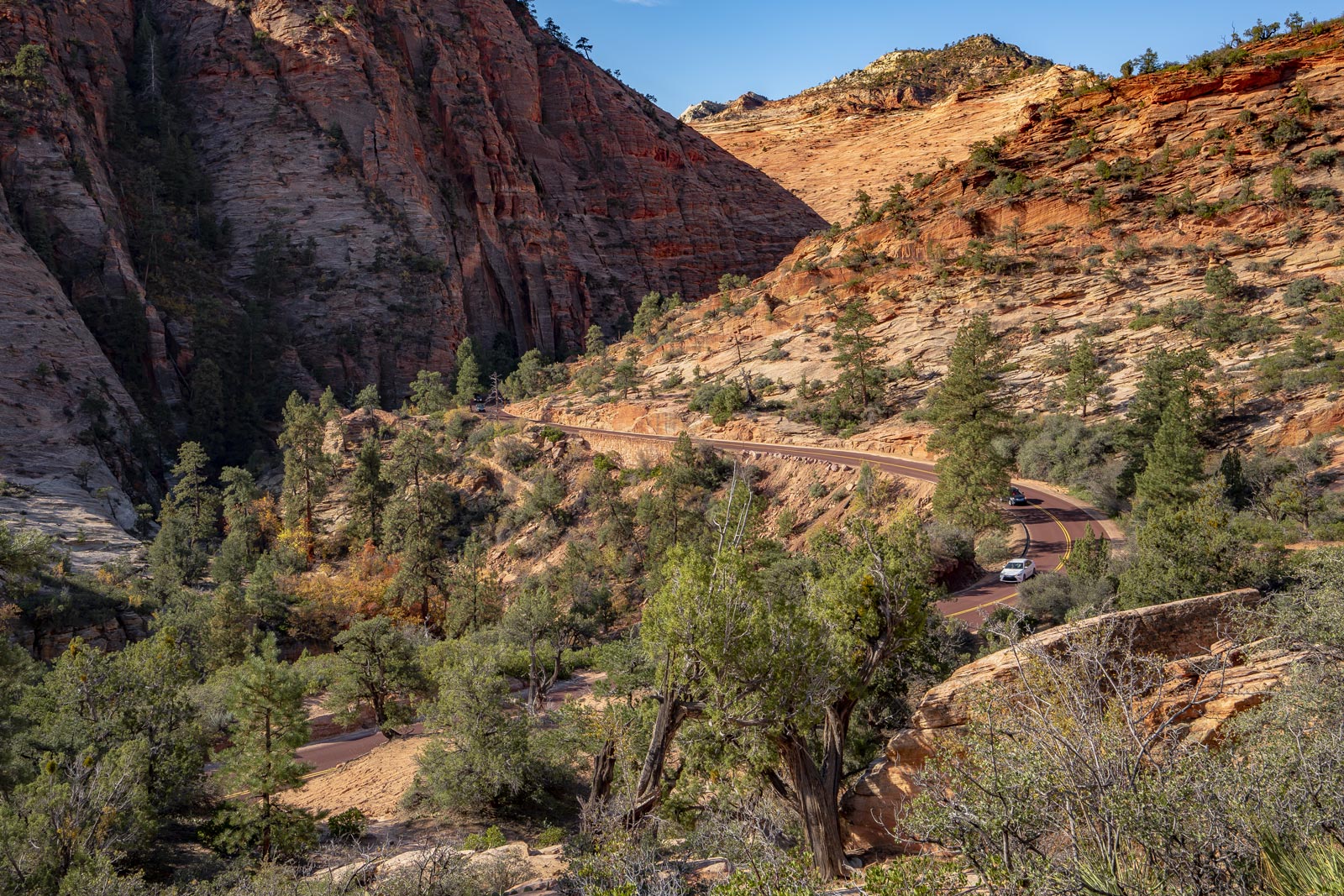
Where to Stay at Zion – Camping & Lodging
Camping & Campgrounds at Zion National Park

Zion National Park has 3 campgrounds with over 300 campsites offering a wide variety of camping options.
Watchman Campground
- 203 sites
- Year-Round
- Standard $20 / Electric $30
- First come / Reservation
Watchman Campground is the most popular campground in Zion National Park, located next to Springdale, with easy access to all of the park’s most iconic attractions. Due to its popularity, this campground can feel a bit crowded and busy at times, with less space between sites than in many other parks.
Watchman Campground sites feature picnic tables and fire pits. The campground itself features toilets and access to the shuttle system.
South Campground
- 117 sites
- March-October
- Standard $20 / Electric $30
- First come / Reservation
South Campground is a very popular, ideally located campground in Zion National Park. South Campground is located next to Springdale near the park’s South Entrance and is situated among a beautiful grove of cottonwoods.
From South Campground, campers have easy access to all of the park’s most popular attractions and shuttle system. Due to the campground’s popularity, it is a bit crowded and fills up fast.
South Campground sites feature picnic tables and fire pits. The campground itself features toilets and access to the shuttle system.
Lava Point Campground
- 6 primitive sites
- Year Round
- Standard $20
- First come-first serve
Lava Point Campground is the smallest, most serene, and most remote campground in Zion National Park. This campground is located in the Kolob Terrace section of the park, situated next to the stunning Lava Point Overlook.
Lava Point offers visitors a totally different experience from the red rock canyons and is my favorite for that very reason. While the park’s other two campgrounds can be quite hot during Summer, due to this campground’s elevation (7890ft), it is much cooler.
This campground has what are described as six “primitive” sites that feature a picnic table and fire pit. Pit toilets are available here, and that’s it.
Zion Hotels, Motels, & Resorts
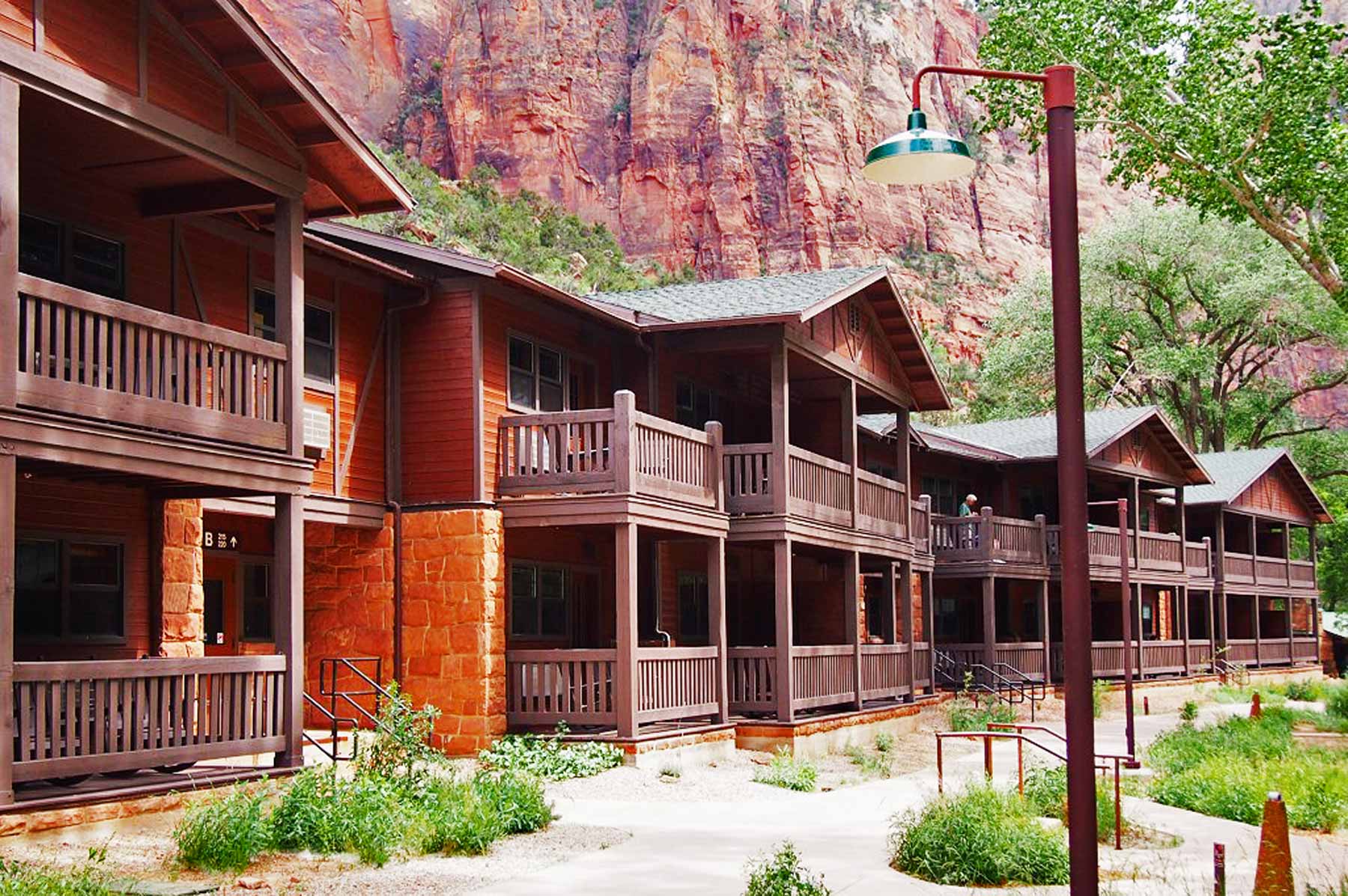
Zion National Park has a whole host of lodging options, including a beautiful lodge located within the main canyon itself. We’ve linked many of the most popular ones below.
For tent options, see our camping section above.
Lodging options inside the park include:
Lodging options just outside the park include:
- Holiday Inn Express (Springdale)
- Hampton Inn (Springdale)
- Springhill Suites (Springdale)
- More hotel options
Where to Eat – Restaurants & Food Options
Zion National Park has a plethora of great dining and food options, with major sections of the park being located next to the cities of Springdale and Cedar City.
We’ve listed a few of our favorite options below:
- Sol Foods Market (Springdale)
- Meme’s Restaurant (Springdale)
- Oscar’s Cafe (Springdale)
- King’s Landing Bistro (Springdale)
- Centro Woodfired Pizza (Cedar City)
- Brick House Cafe (Cedar City)
Zion National Park Driving & Transportation
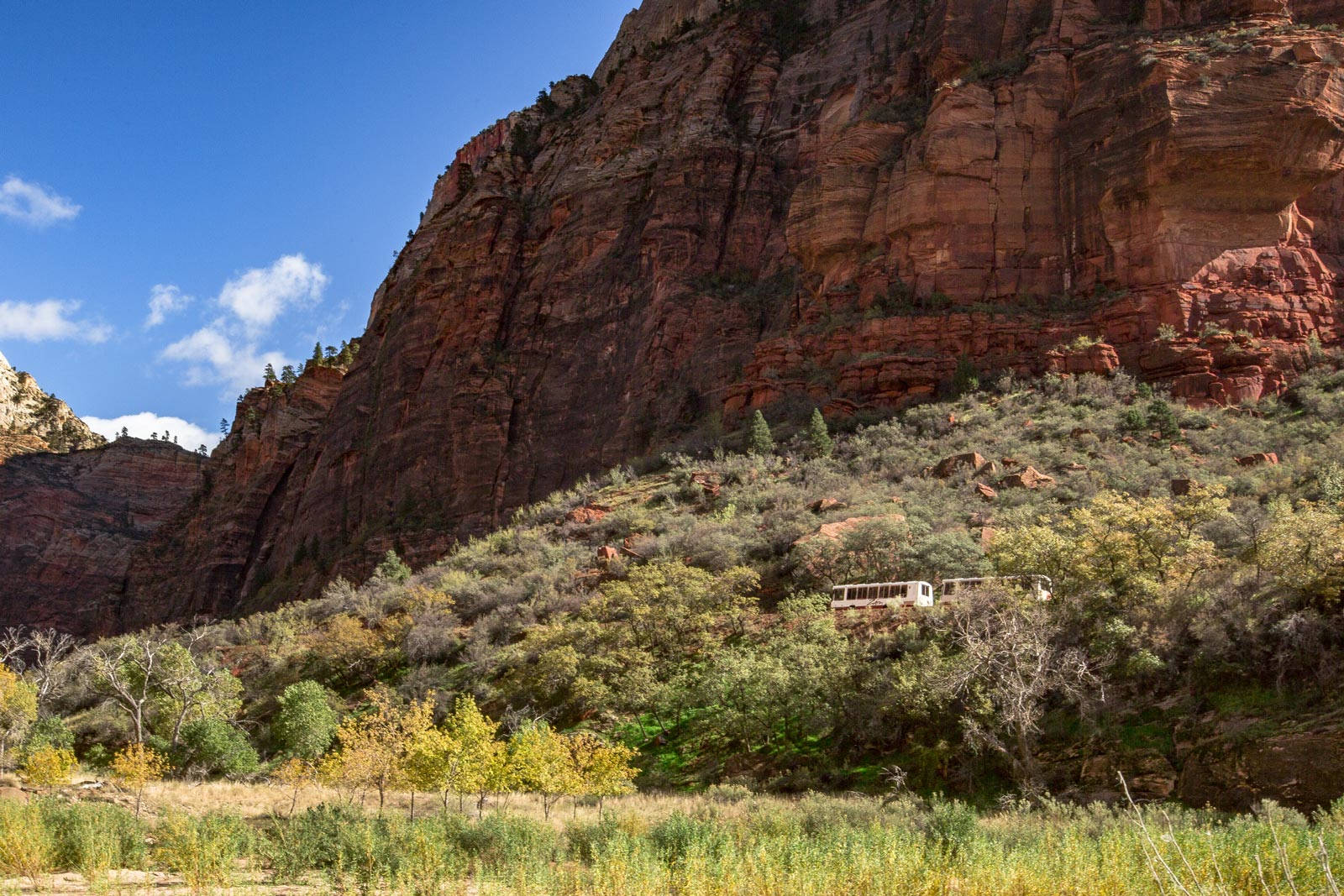
Zion National Park has a few different transportation options that add convenience for the visitor. Visitors can experience the park on foot, by bike, by car, or by shuttle. Visitors should know that no cars are allowed inside the main canyon when the shuttle is in service without reservations at the Zion Lodge.
Zion Shuttle System
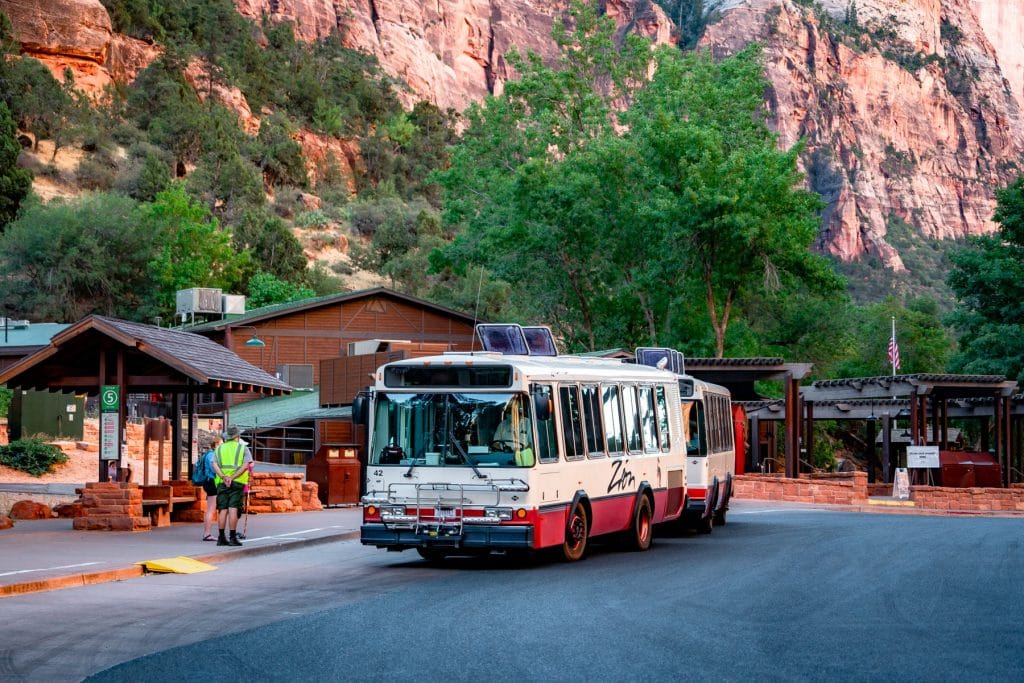
The Zion Shuttle is a great way for visitors to visit the main (zion) canyon which holds the majority of the most popular attractions in Zion National Park. This convenient mode runs daily—no tickets or reservations required.

The shuttle stops at all of the most popular spots in the canyon and gives viewers a unique way of enjoying the park.
Zion National Park Driving
Driving in Zion National Park is limited to all the areas outside of the main canyon.
This includes:
- Zion Mt. Carmel Scenic Highway
- Kolob Terrace Road
- Kolob Canyon
Gas is available in Springdale, Cedar City, Mt. Carmel Junction, and beyond.
Zion National Park Photos
Photos of Zion from the production of our film. Enjoy!




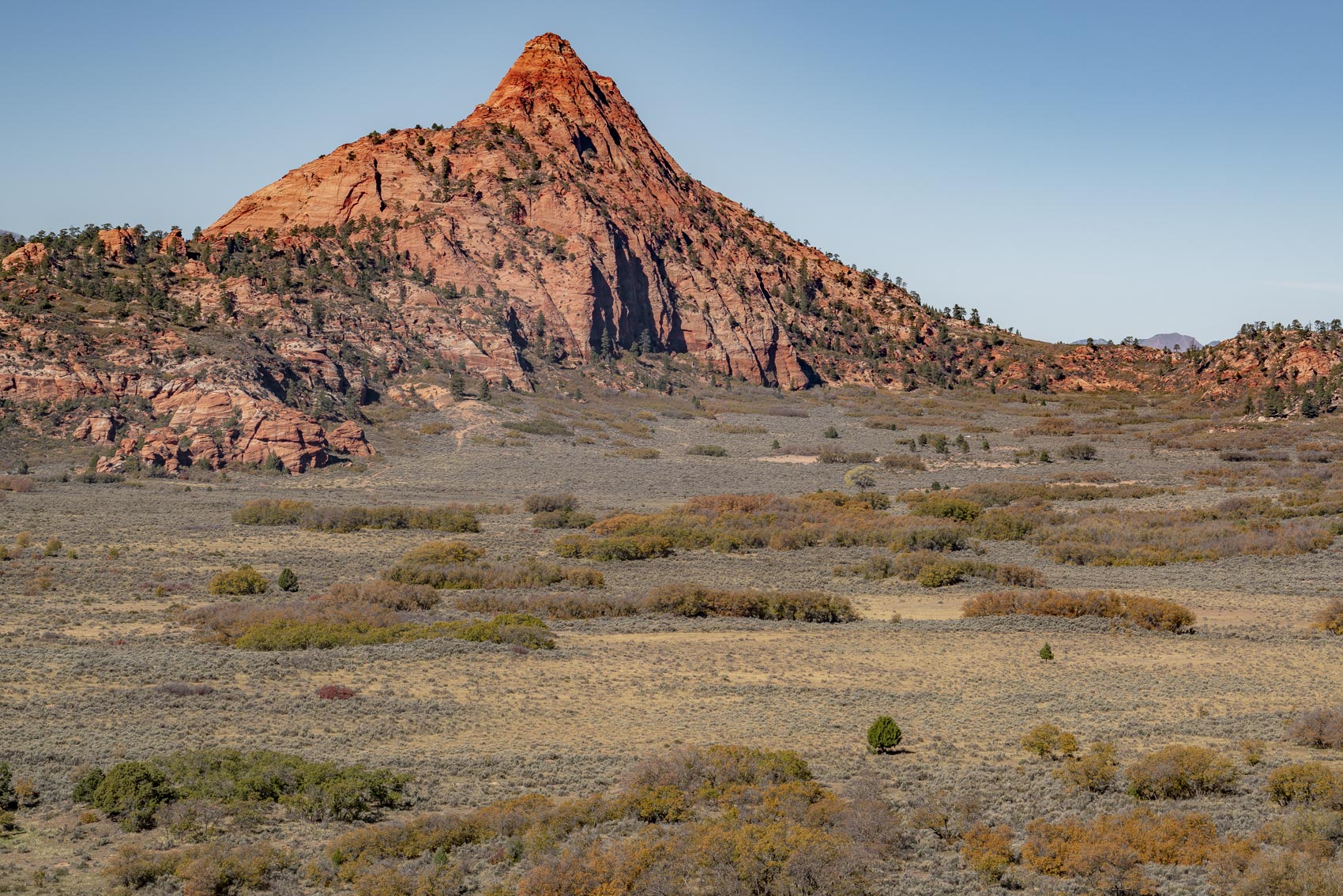
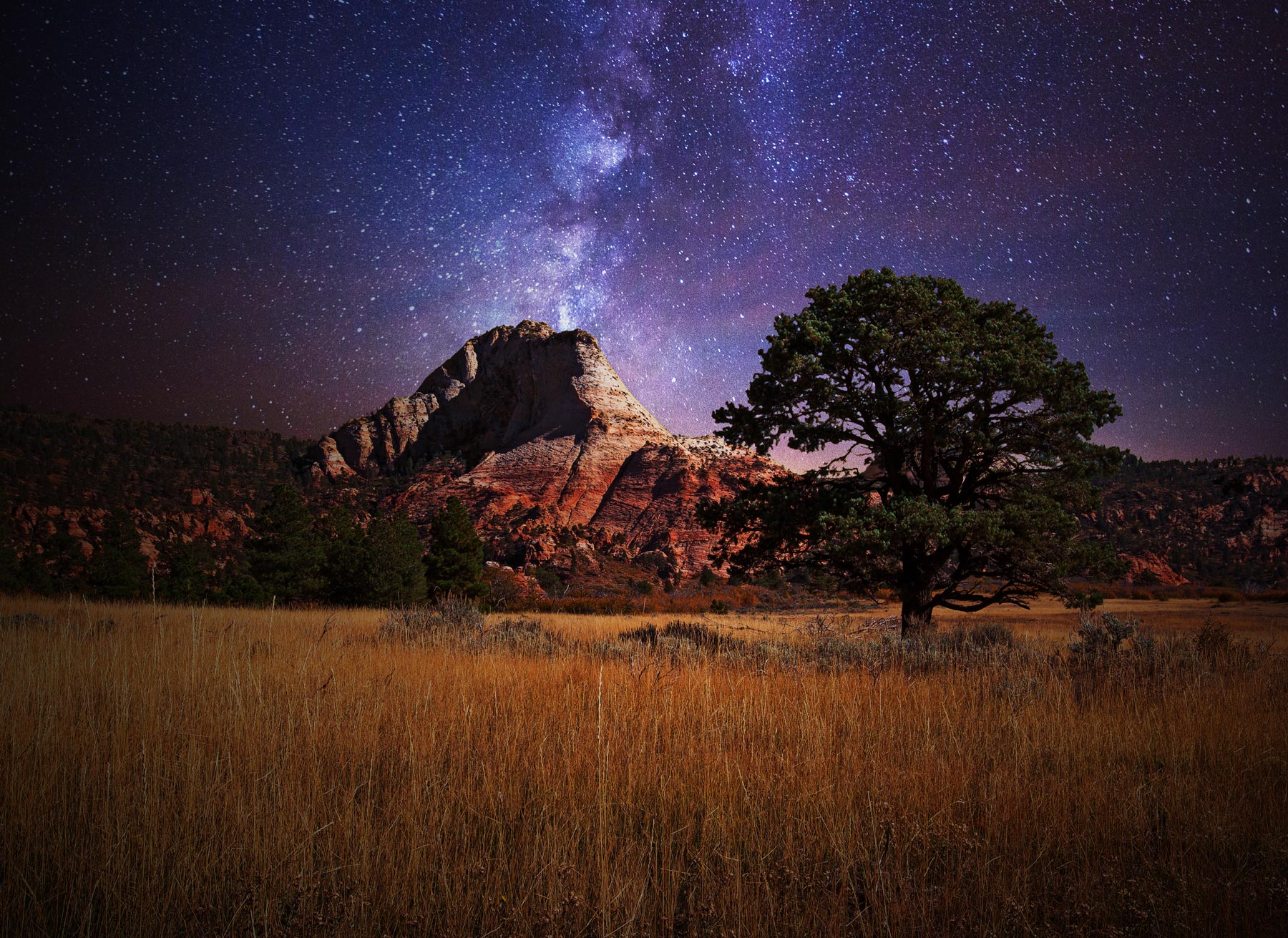




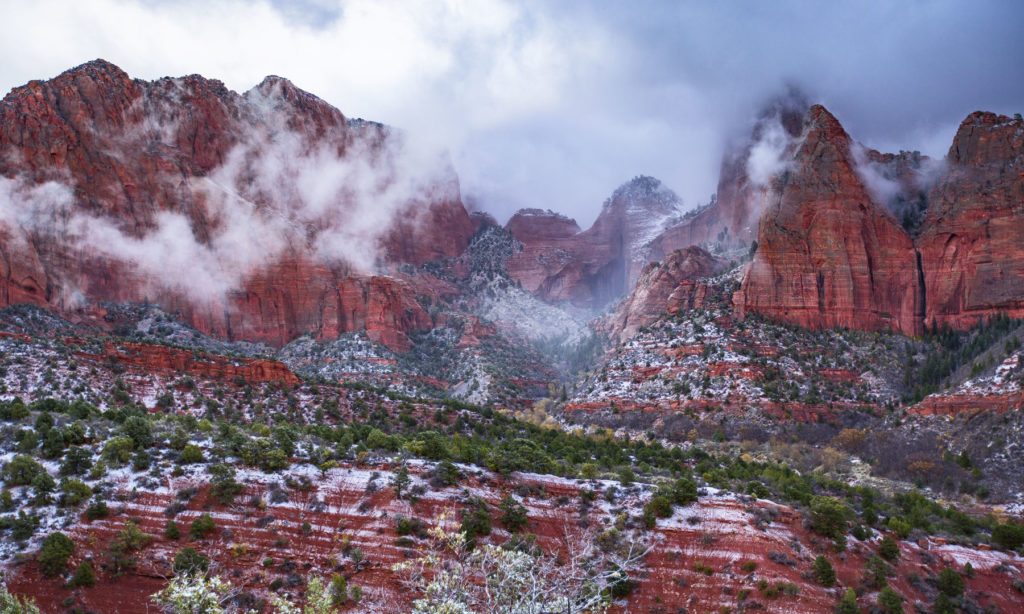

Pin Zion National Park Guide
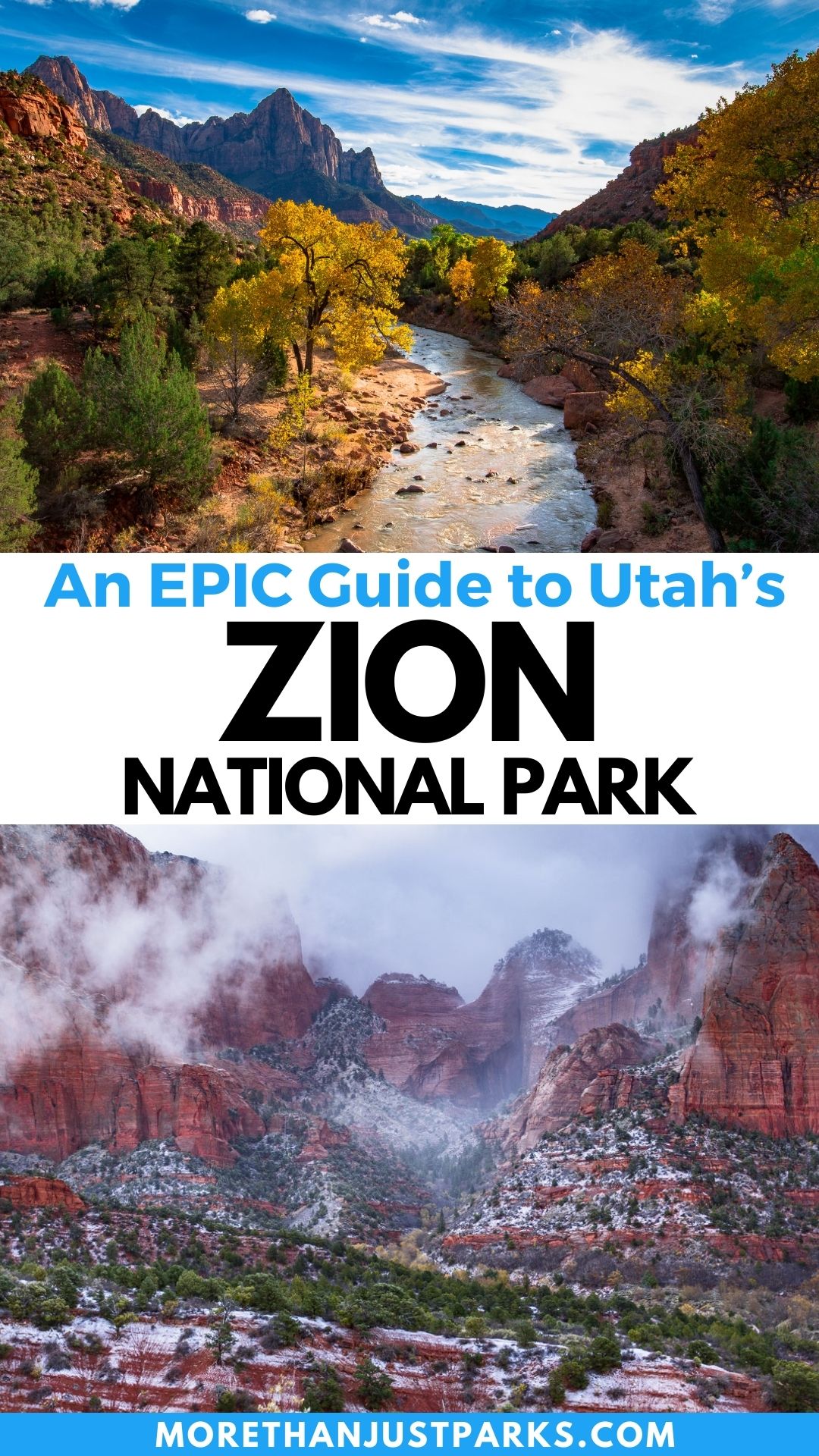
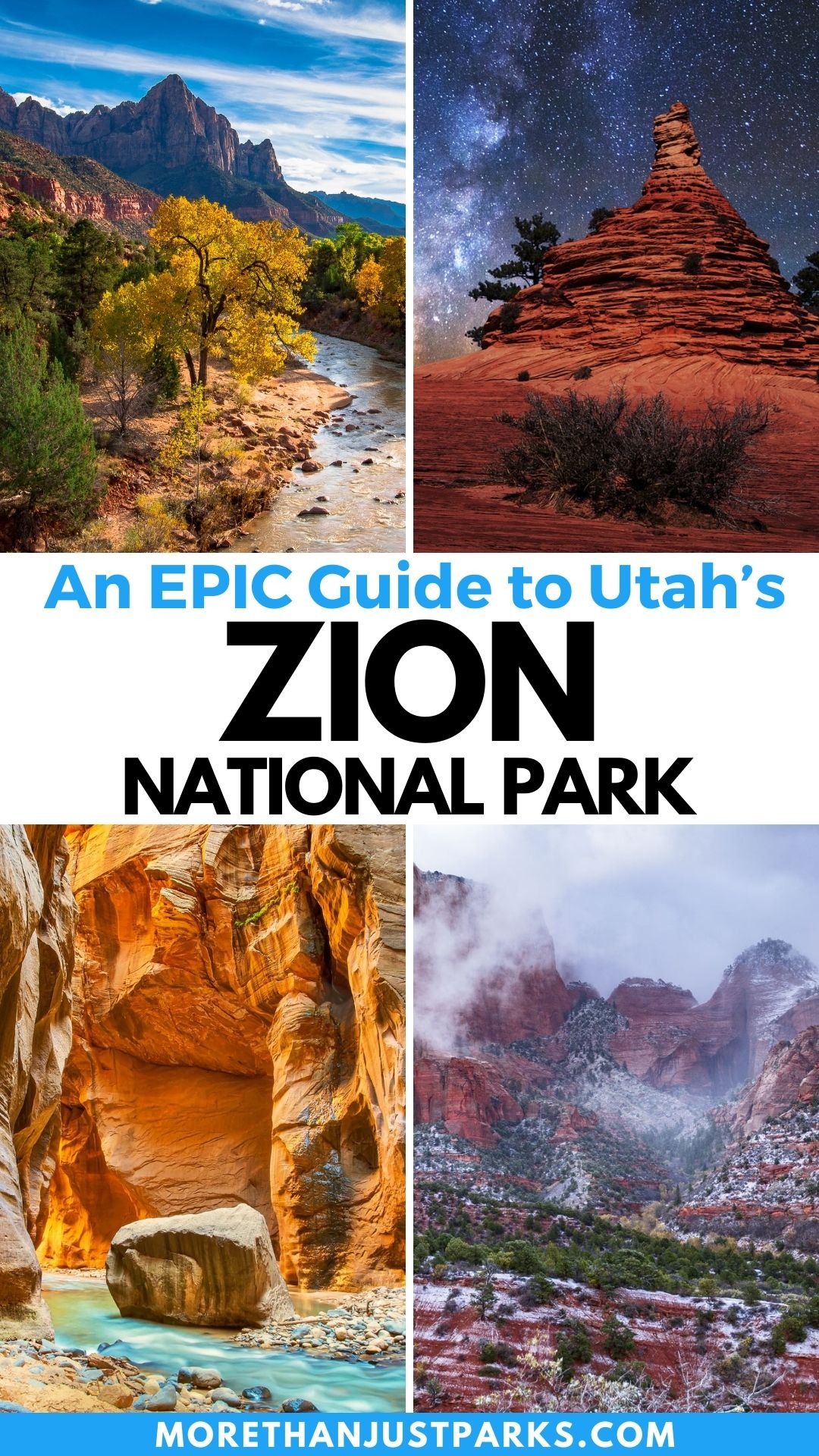
Summary | Leave us a Comment!
That’s a wrap, folks! Hopefully, you feel like you’ve got a good handle on your next trip to Zion National Park. Please leave me a comment below and let me know if you have any questions or comments.
I hope to see you on the trails sometime soon!
Helpful Related Articles
Things to Do Capitol Reef: 15 Best Things to Do in Capitol Reef National Park
Road Trip Essentials: 35+ ROAD TRIP ESSENTIALS (You’ll Love + Packing List)
Road Trip Planning Tools: 15 BEST FREE ROAD TRIP PLANNING Tools (& Apps) 2022
Zion National Park Guide: Ultimate Guide to Zion National Park
Things to Do in Zion: 18 EPIC Things to Do in Zion National Park
Best Hikes in Zion: 16 EPIC Hikes in Zion National Park
Things to Do in Arches: 16 EPIC Things to Do in Arches National Park
Utah’s Manti-La Sal National Forest: Manti-La Sal National Forest: The Forest As Beautiful as Utah’s Parks
National Parks Guide for Utah: 5 MIGHTY Utah National Parks Guide
Utah National Parks Road Trips: 5 Best Utah National Park Road Trips
National Parks Rankings: ALL 63 US National Parks Ranked By Experts
Most Visited National Parks: Top 10 Most Visited National Parks
Least Visited National Parks: Top 10 Least Visited National Parks
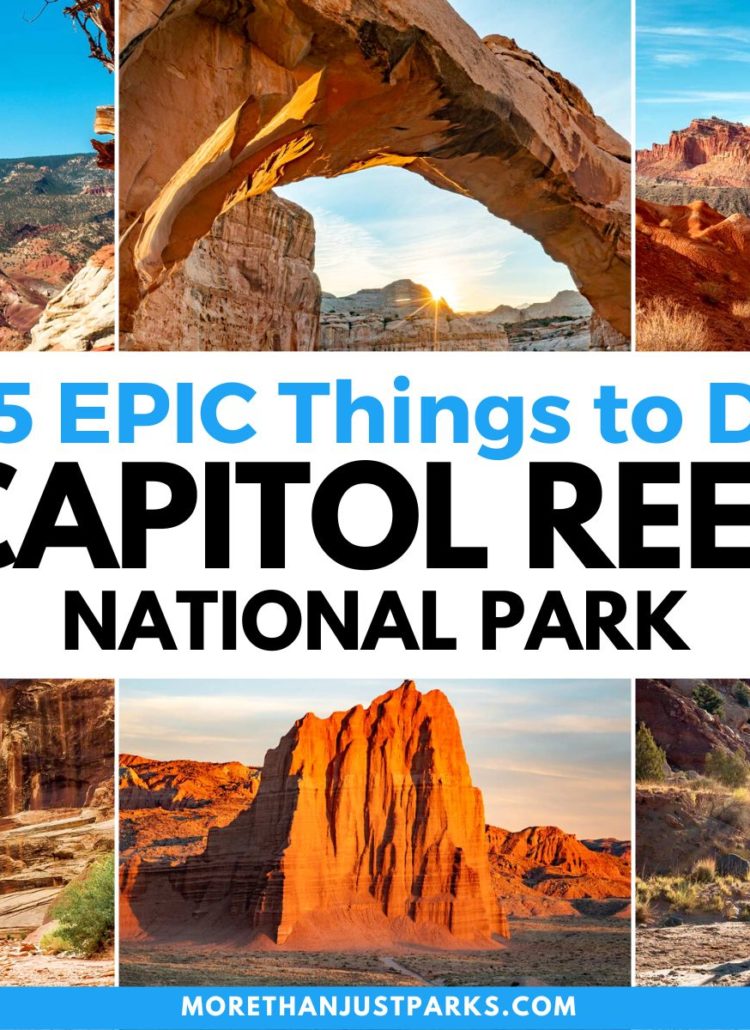


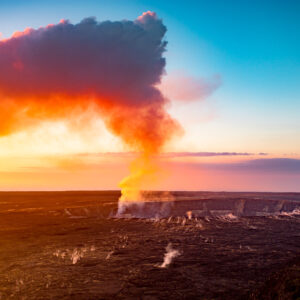

Hi Team. How can I buy/download a photo from Zion NP on this website?